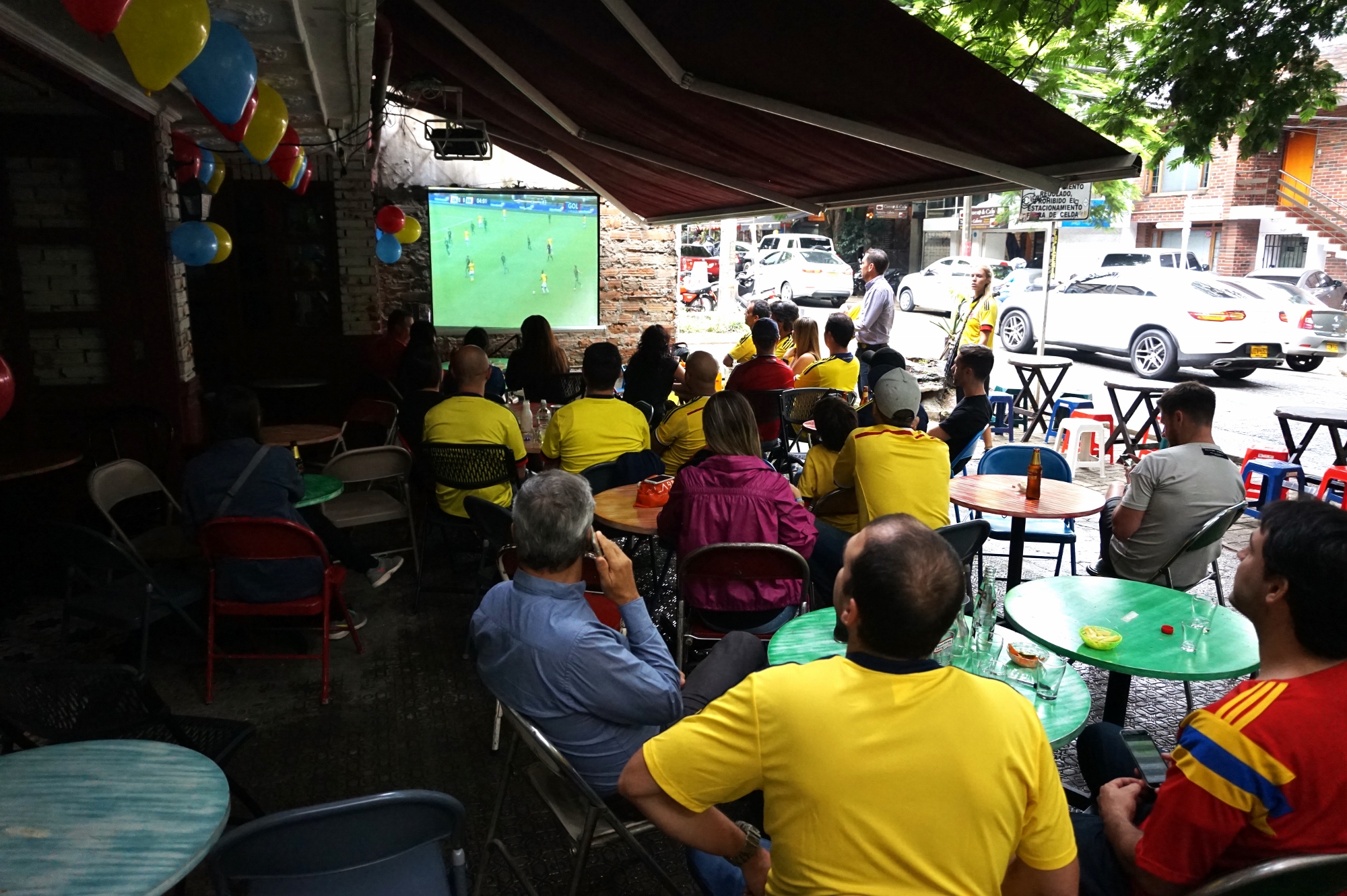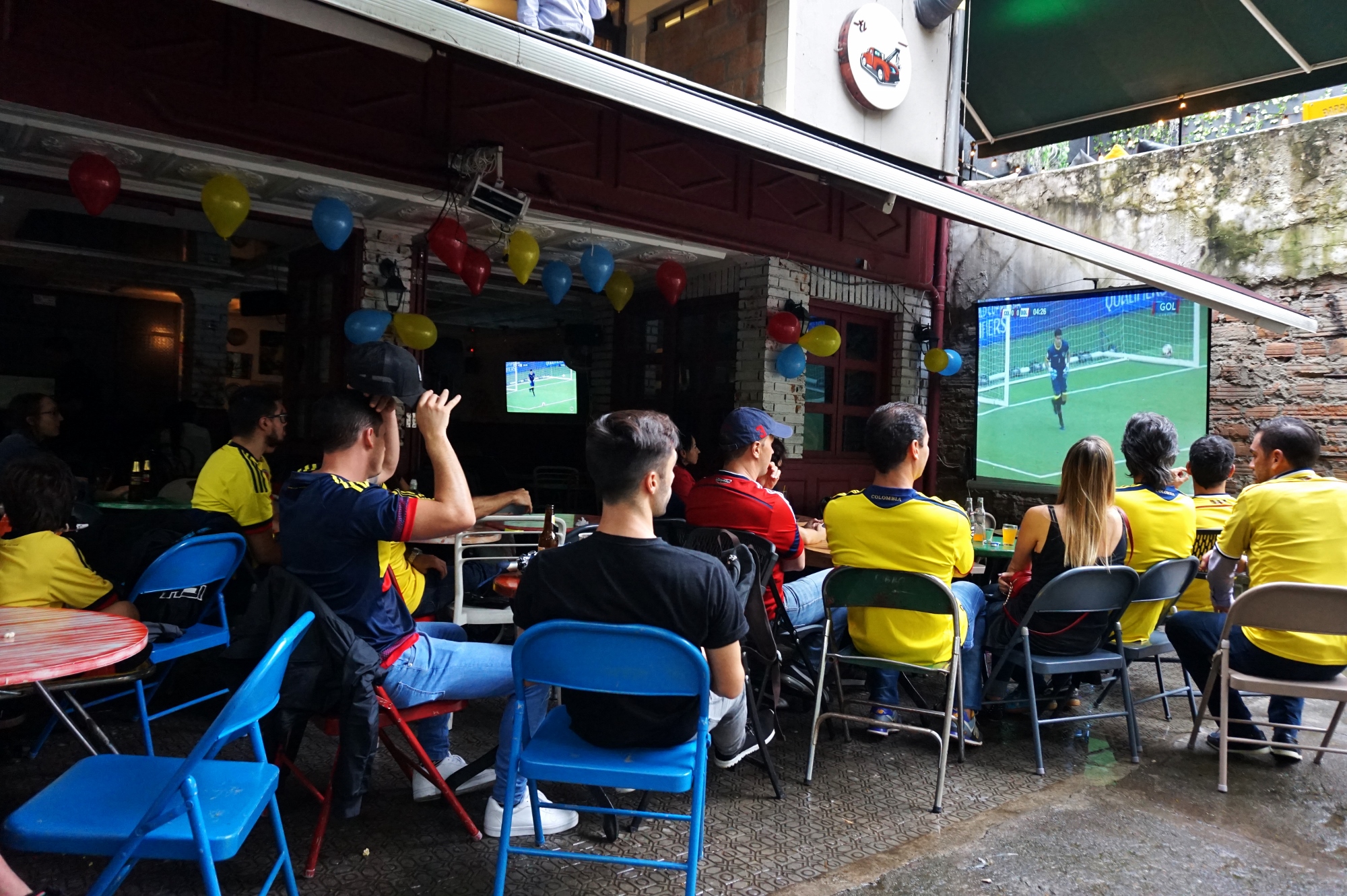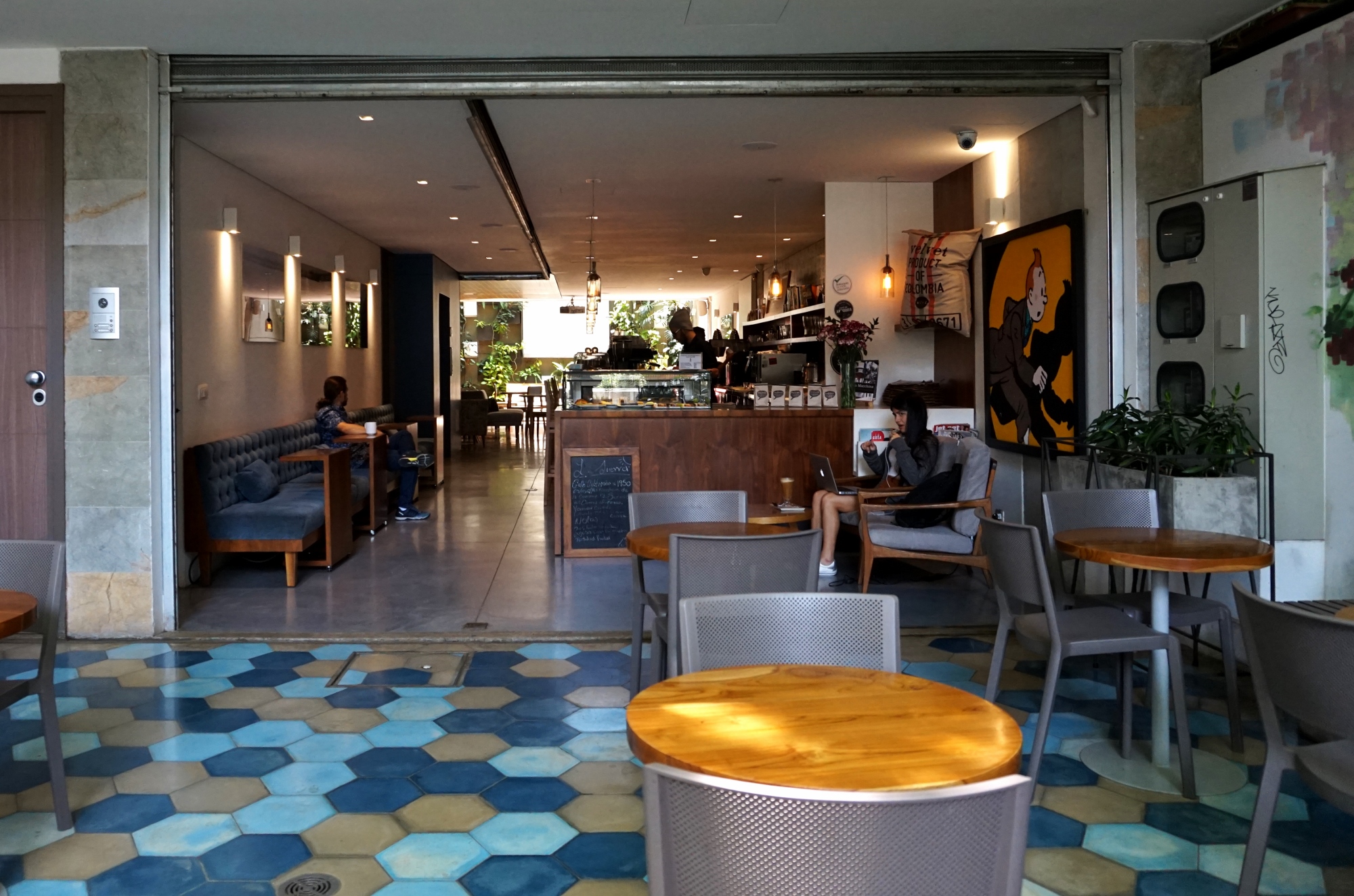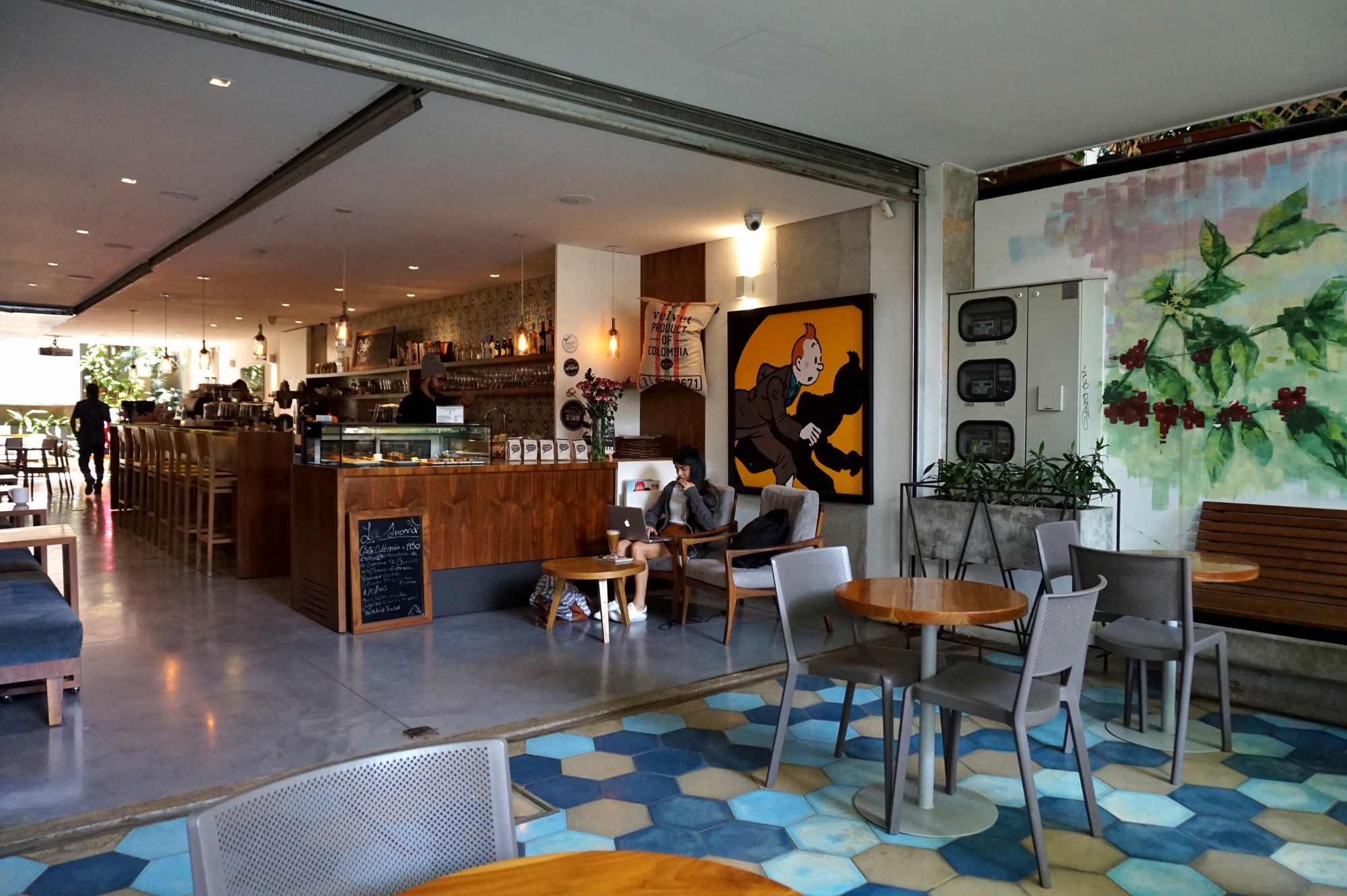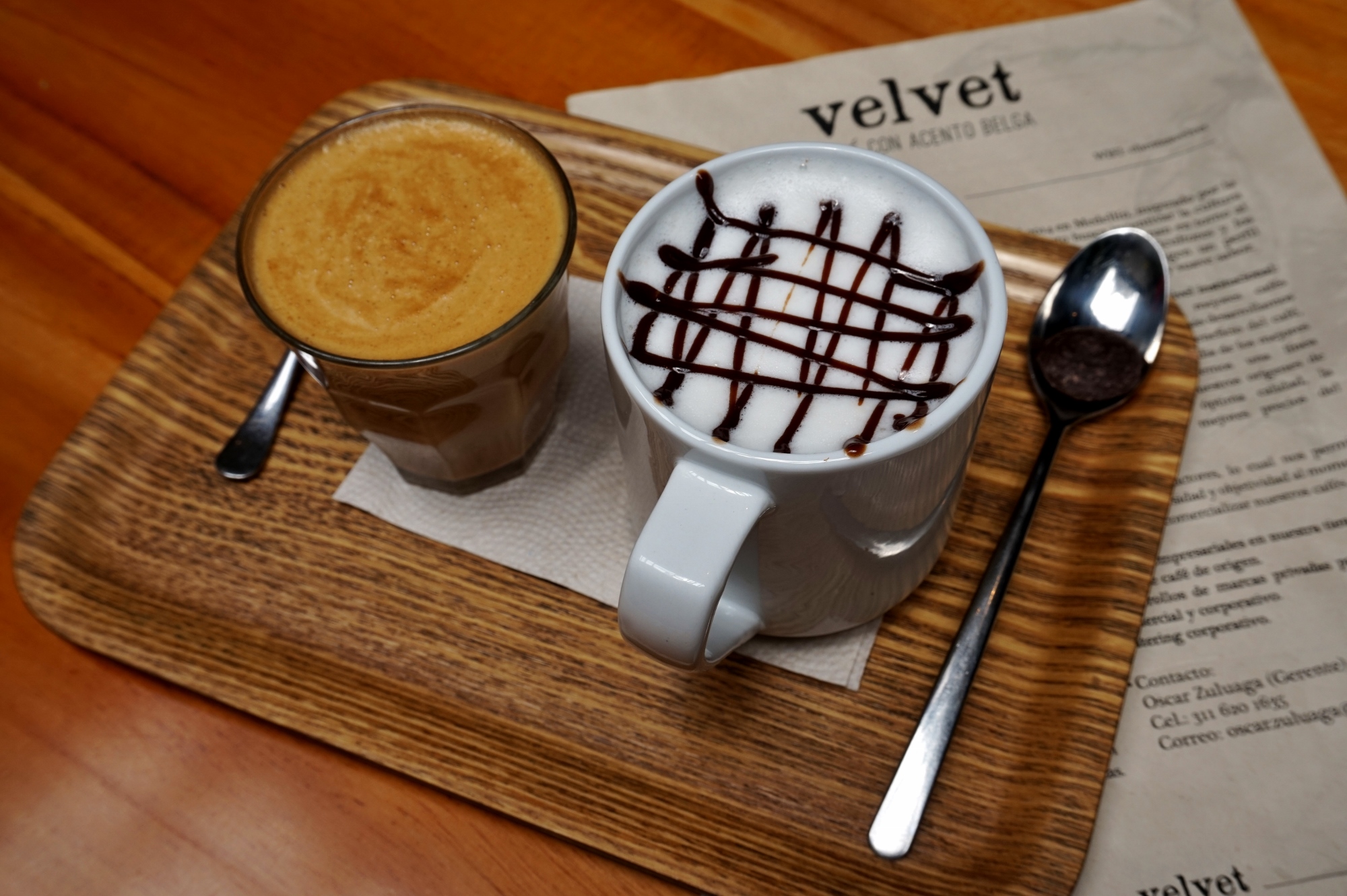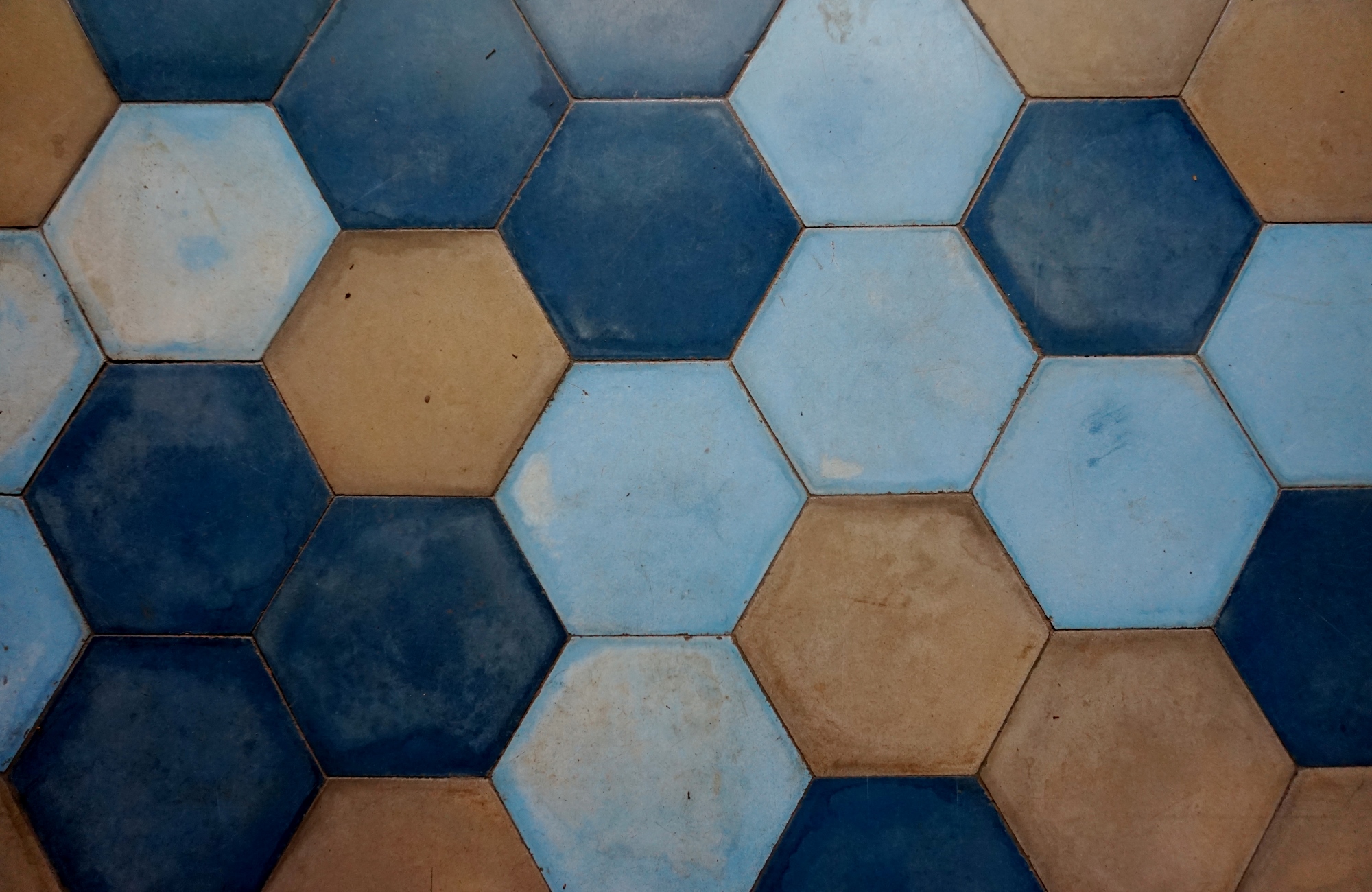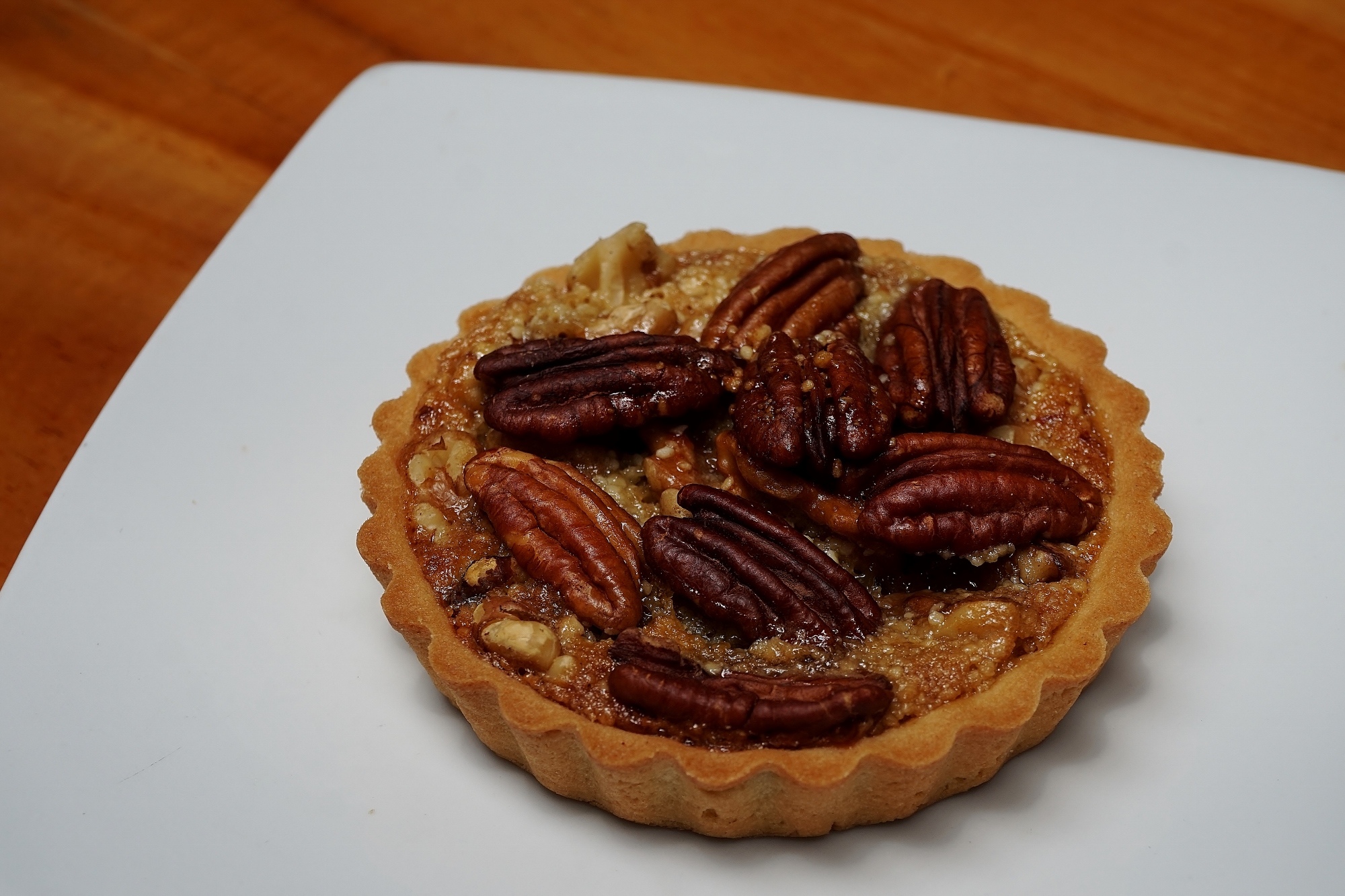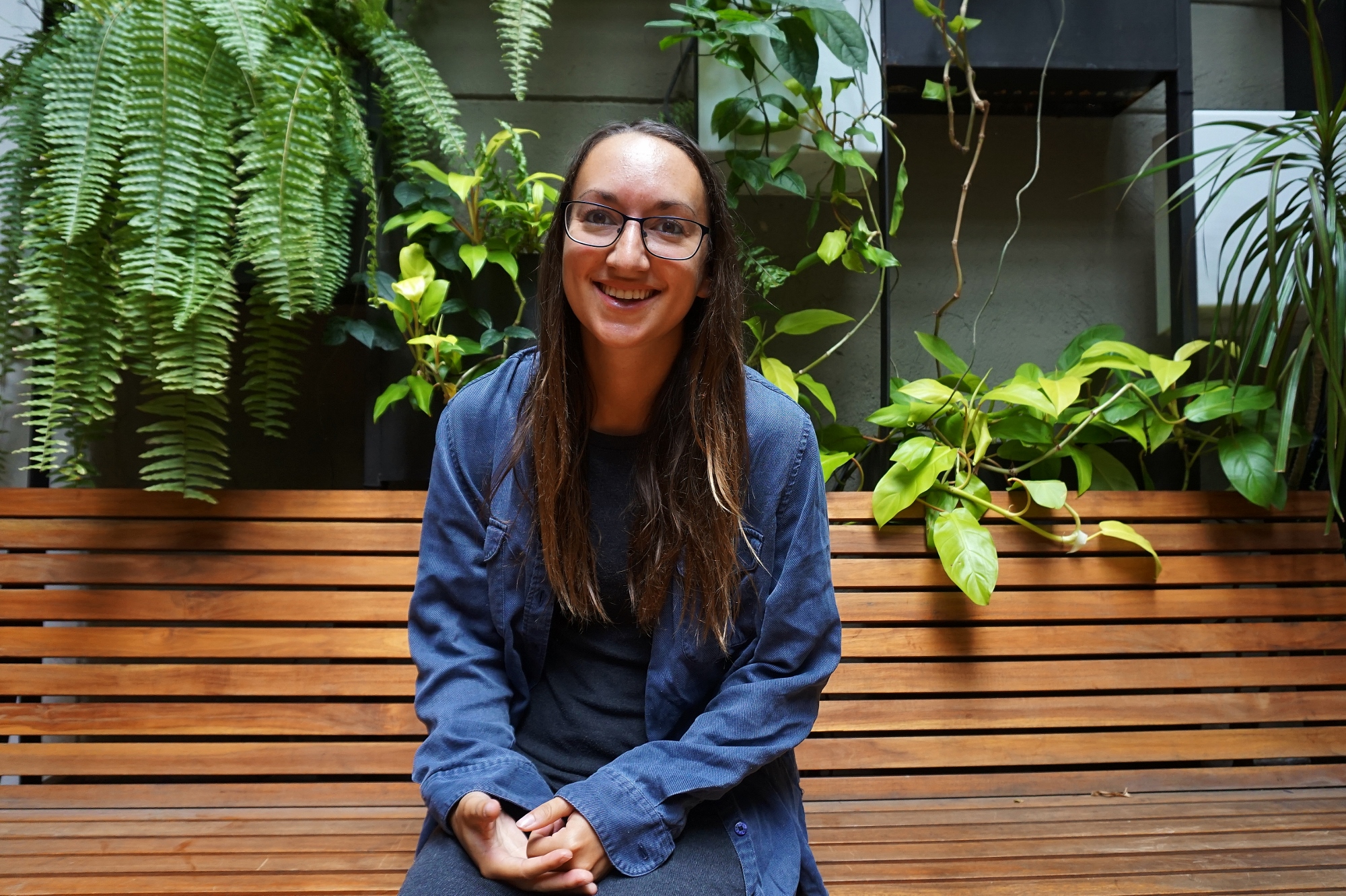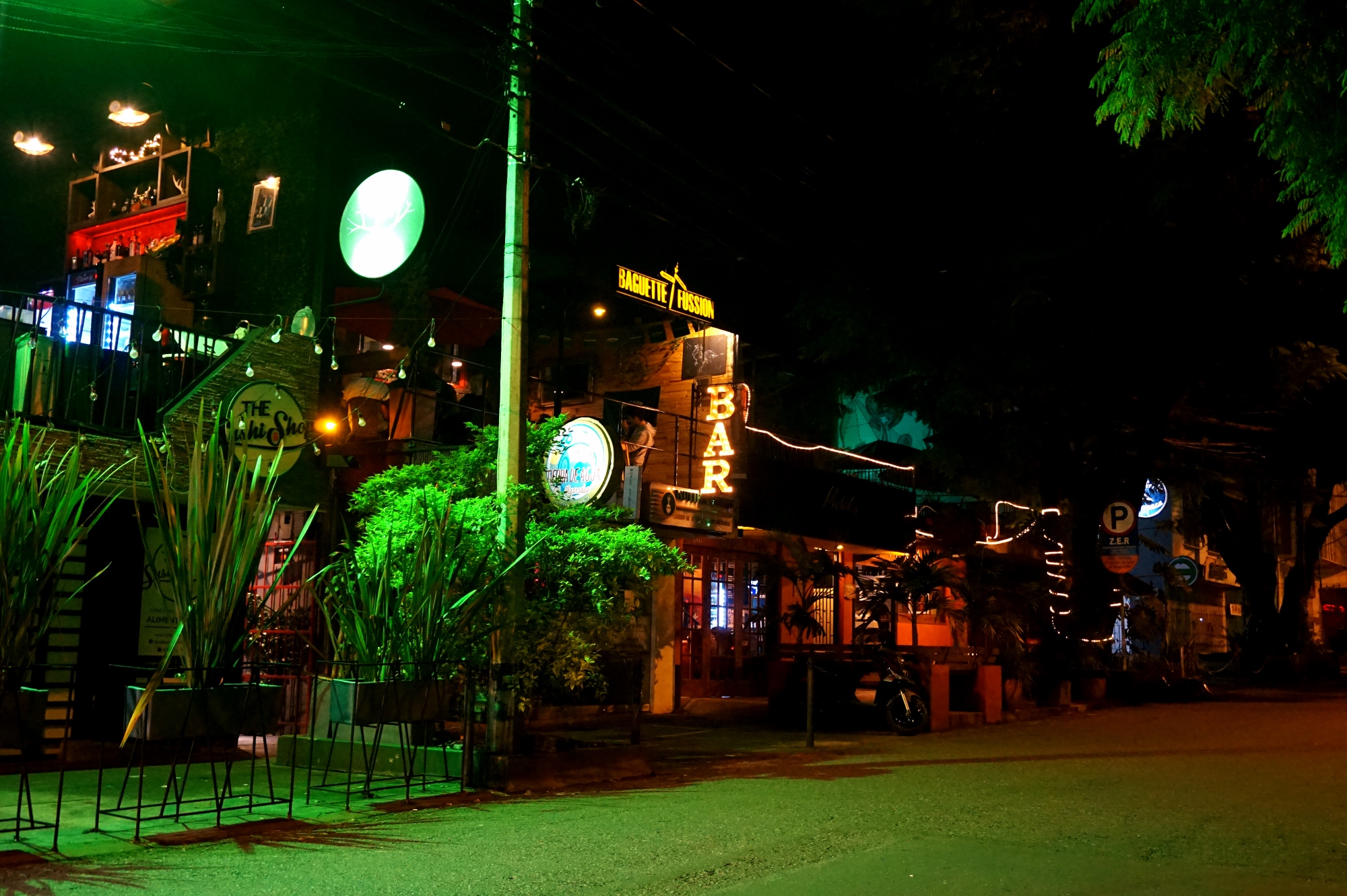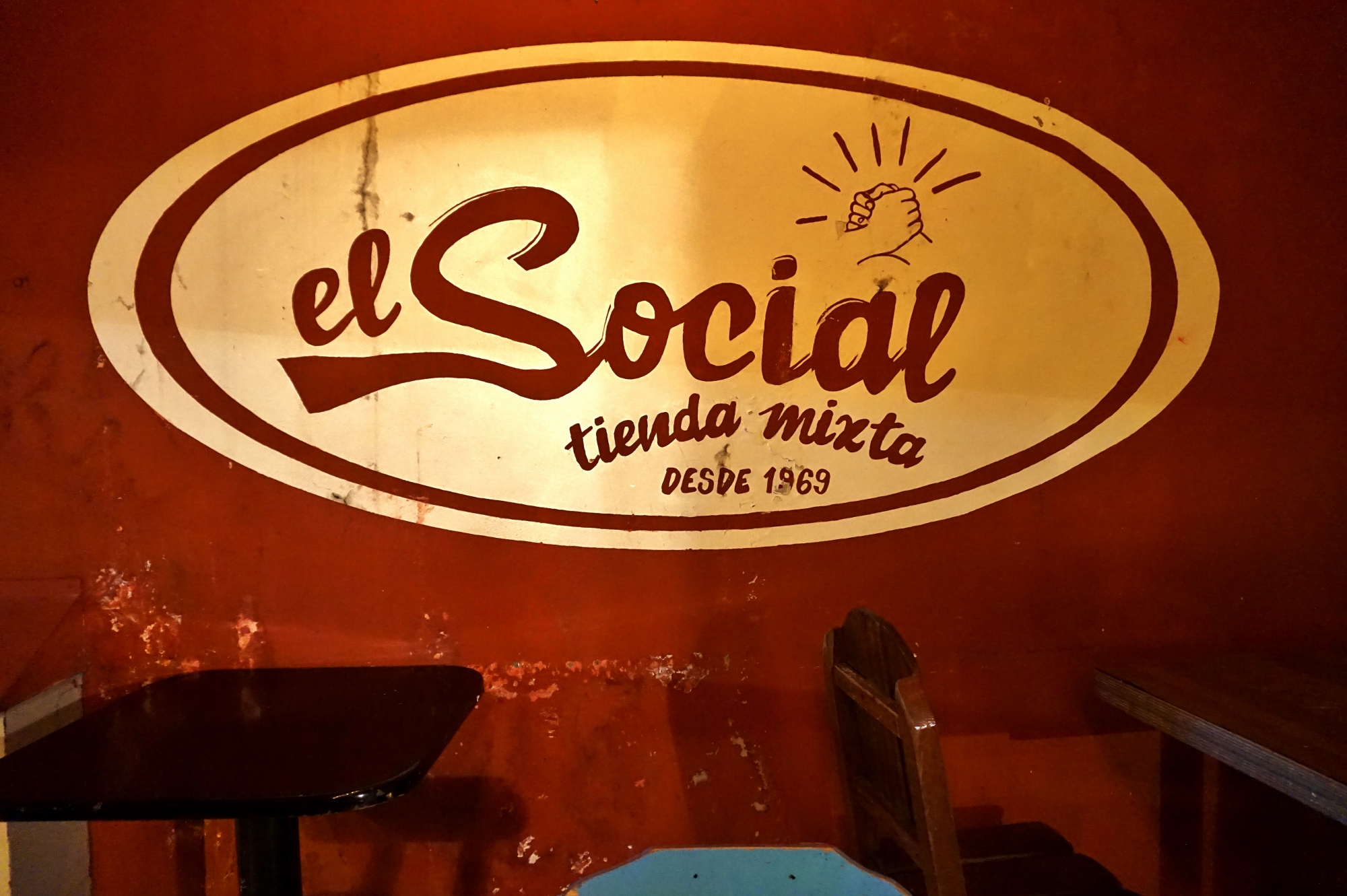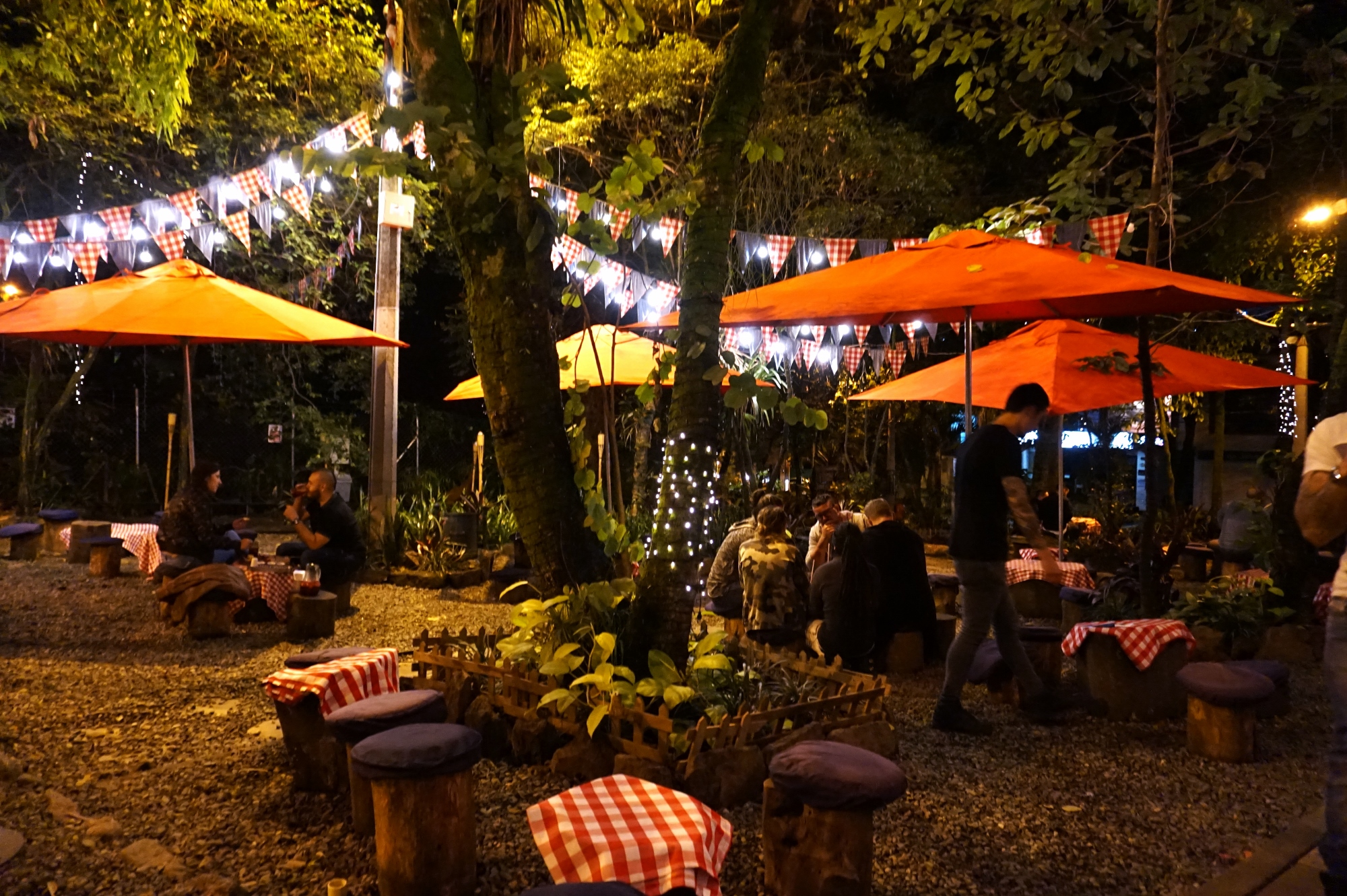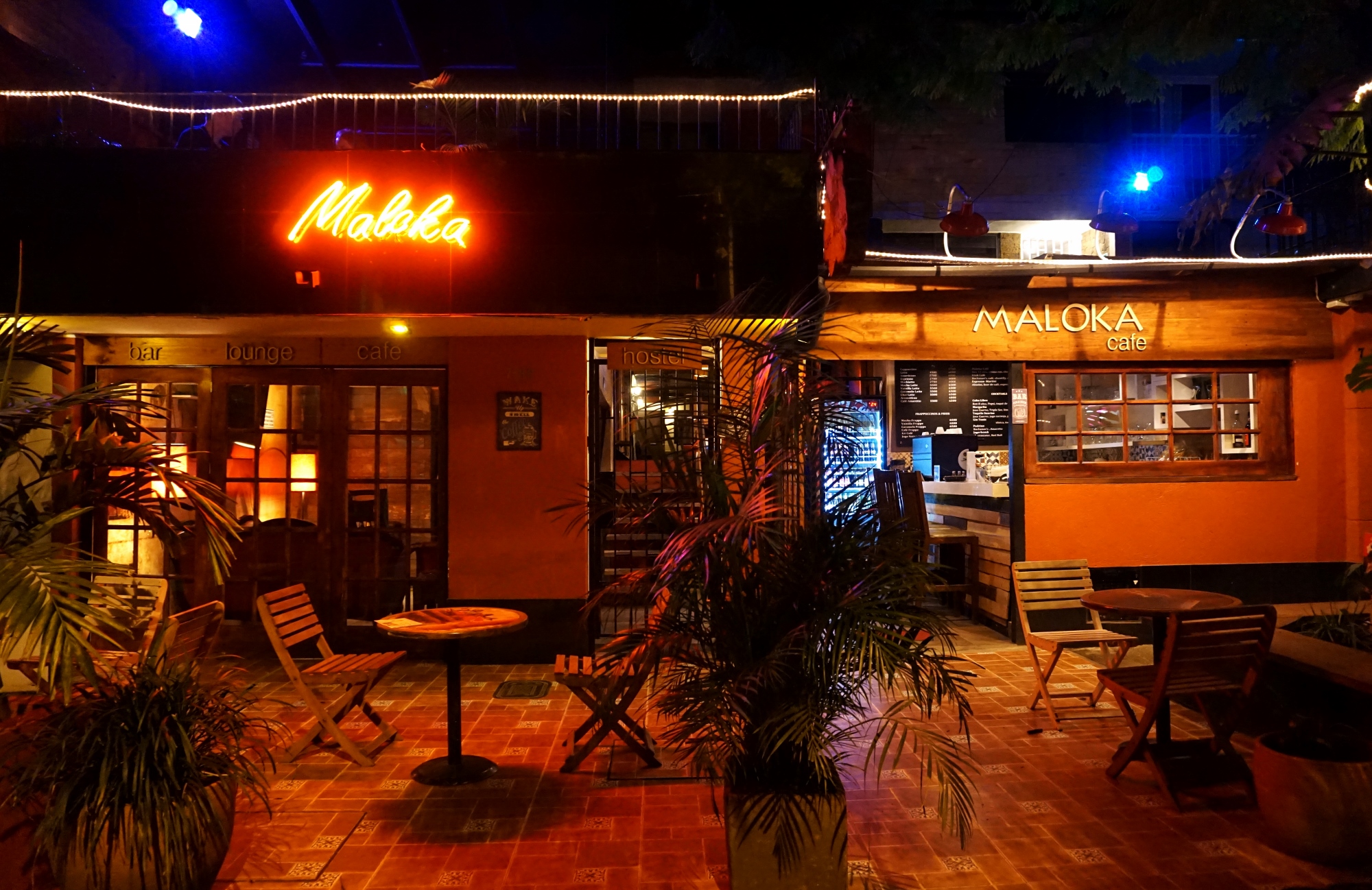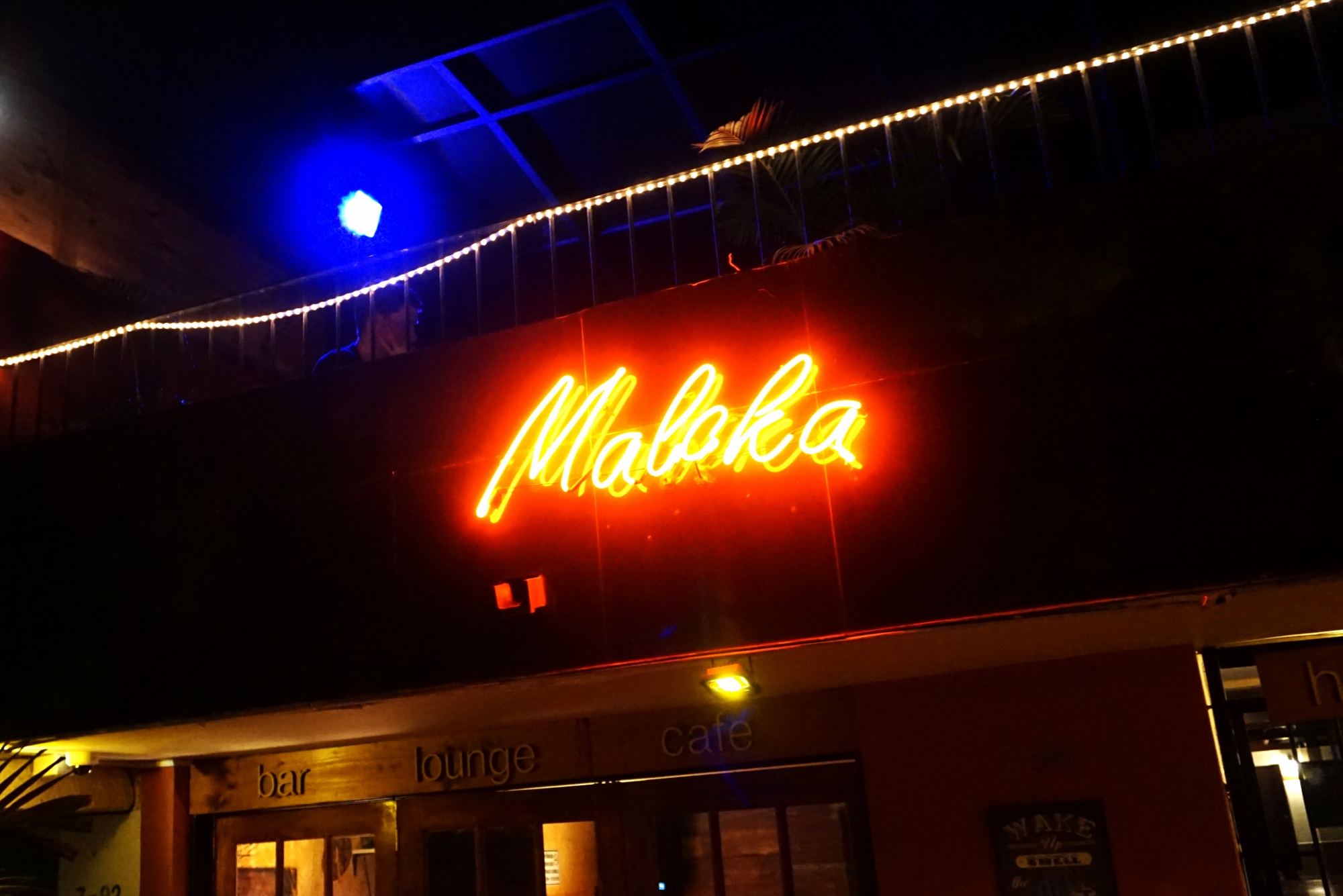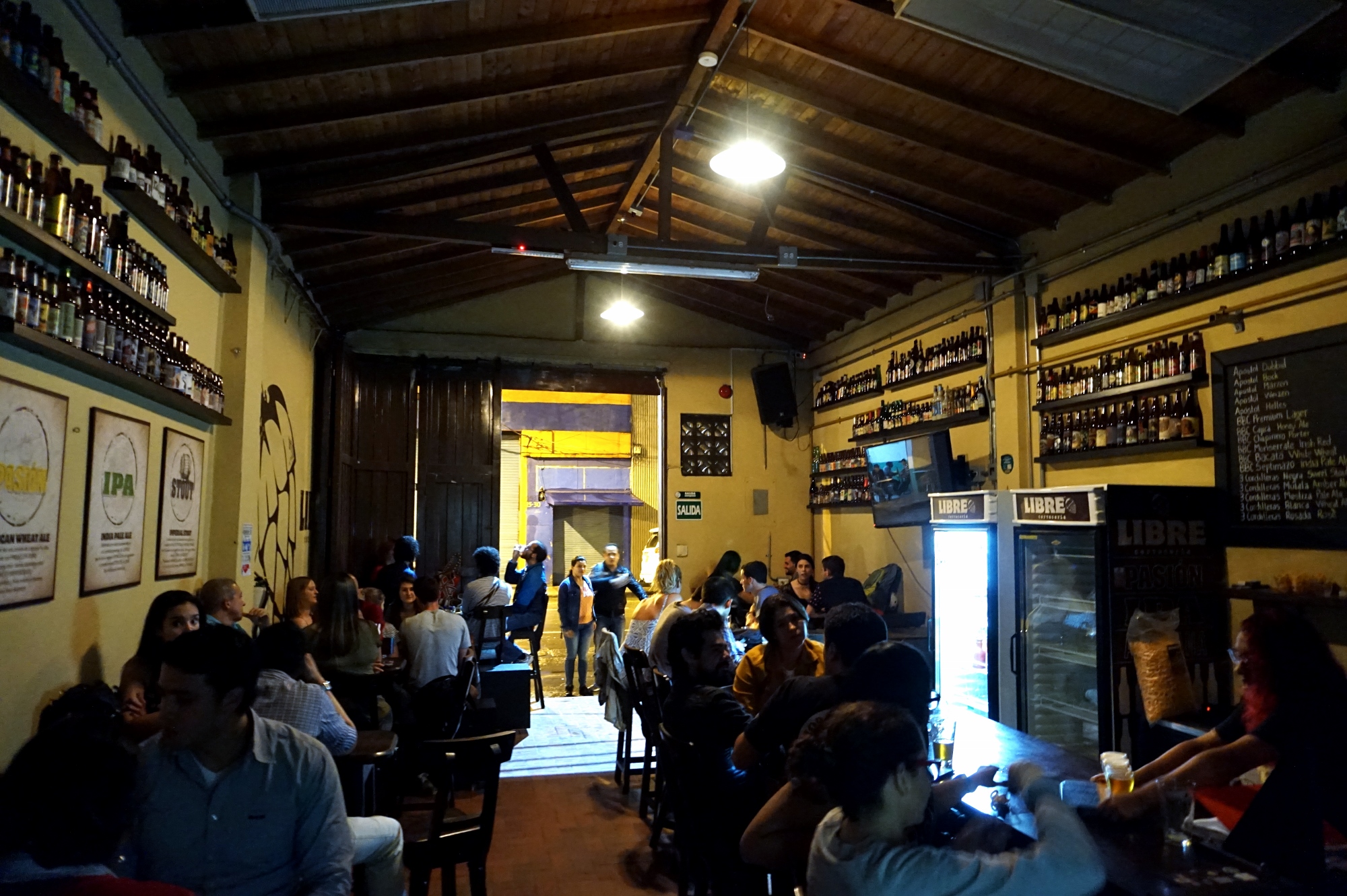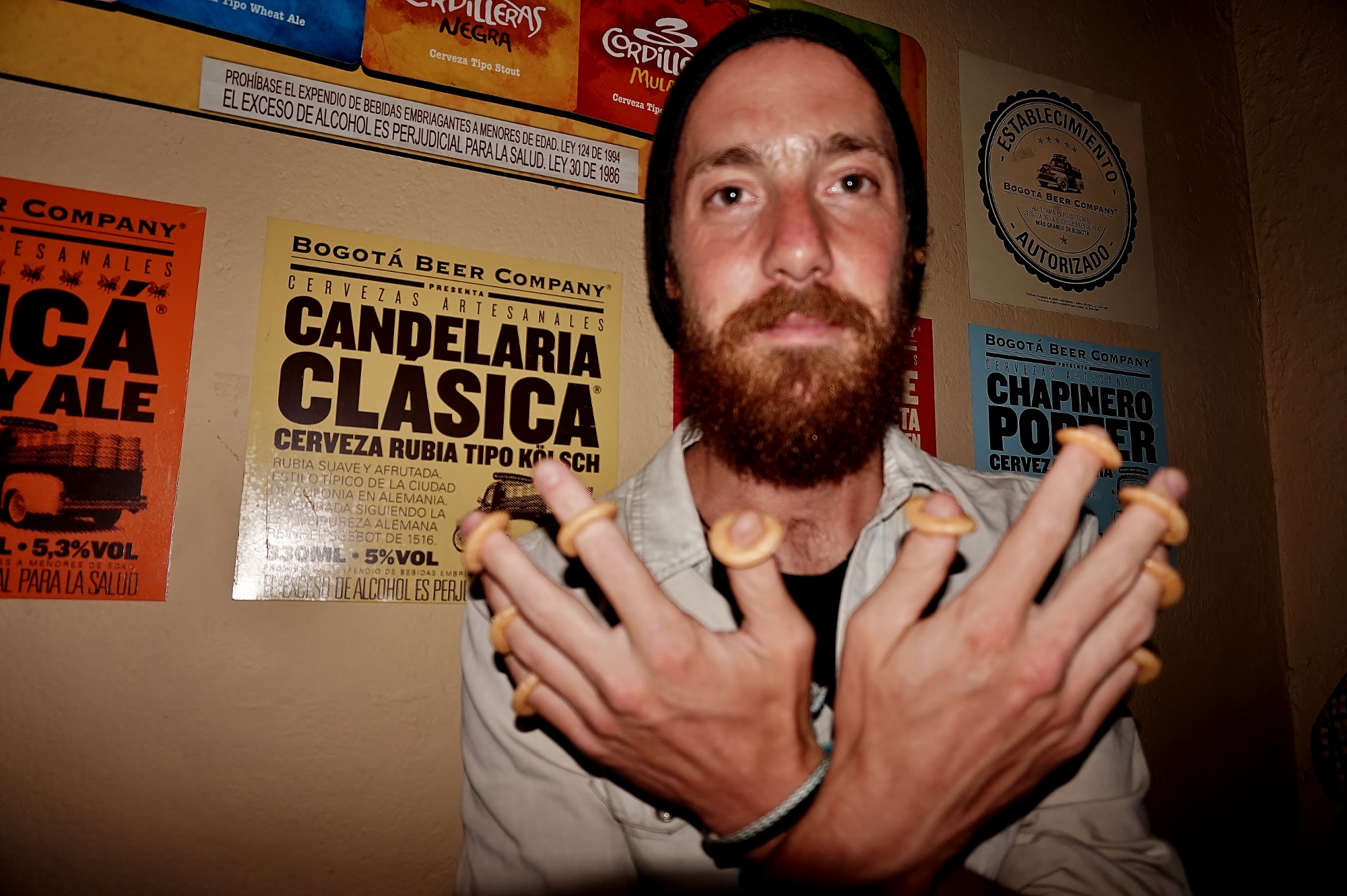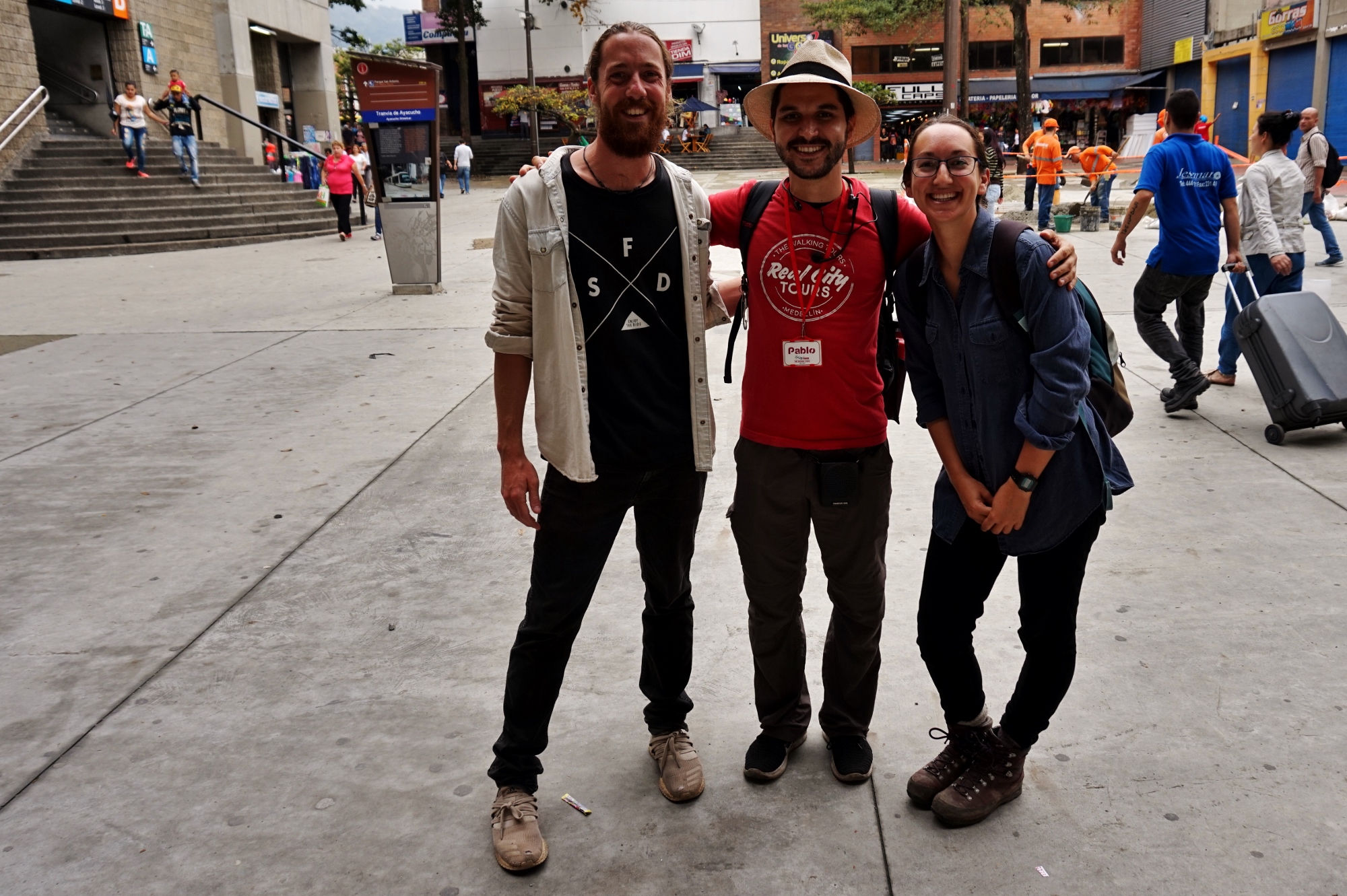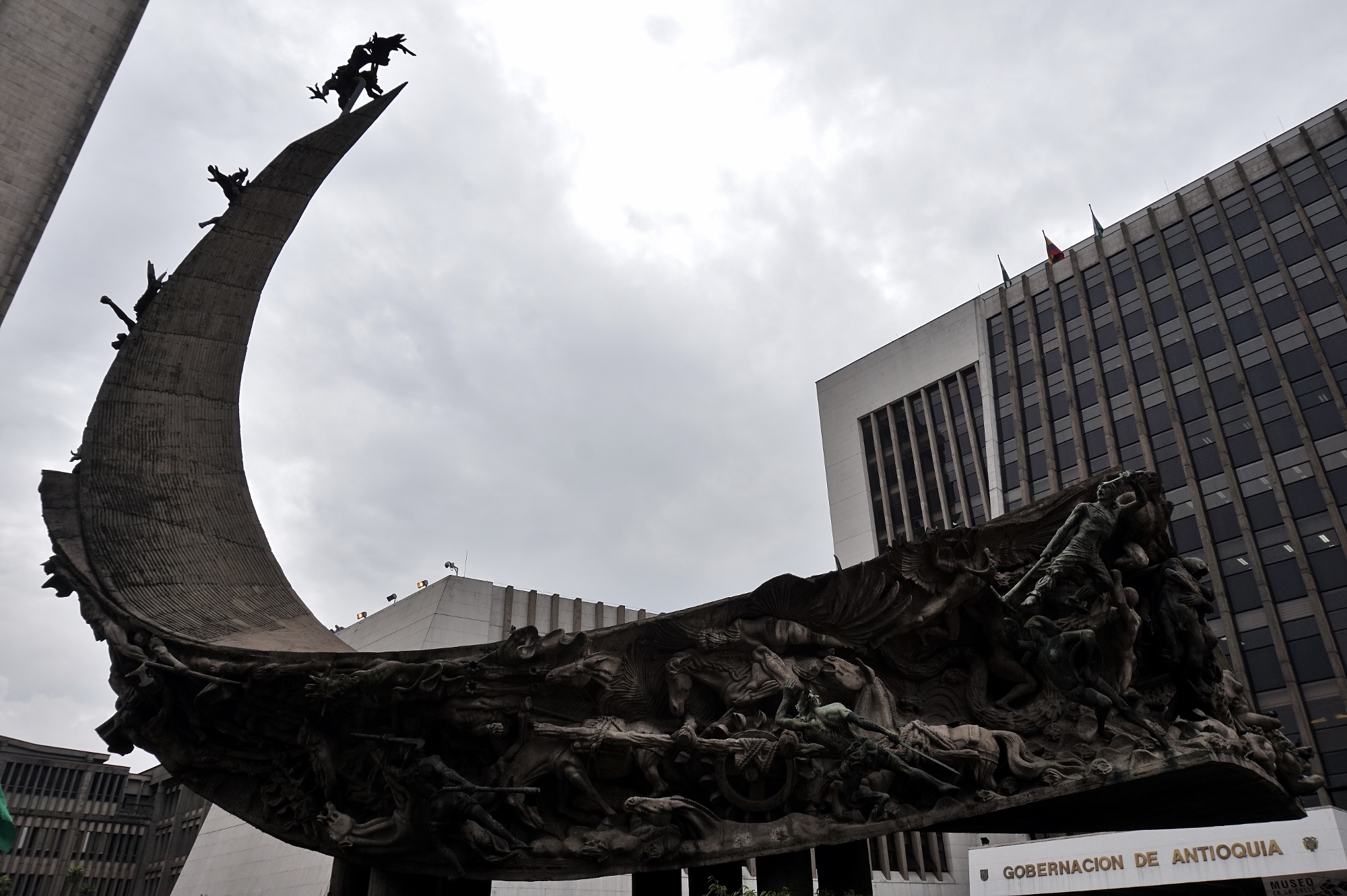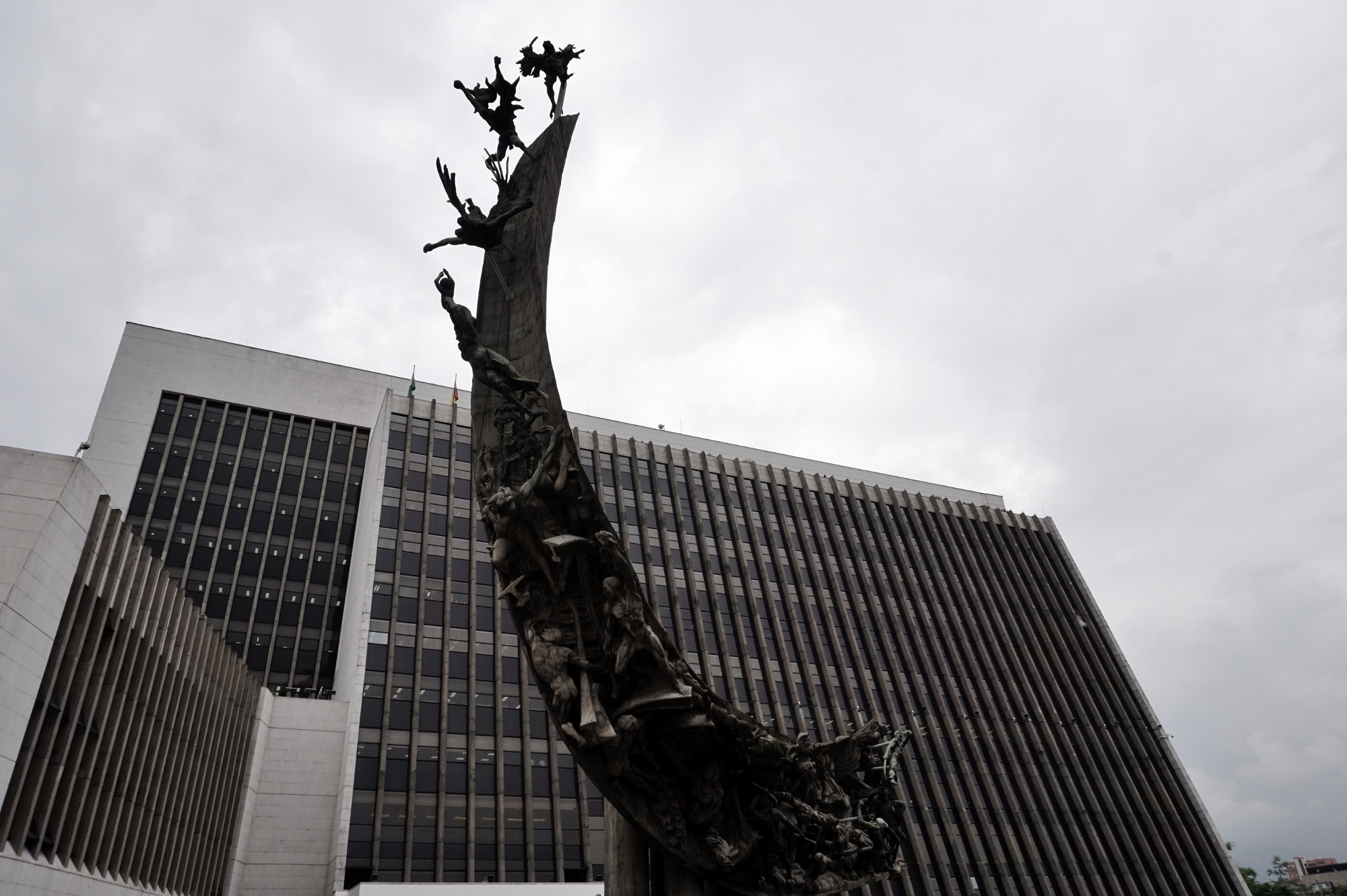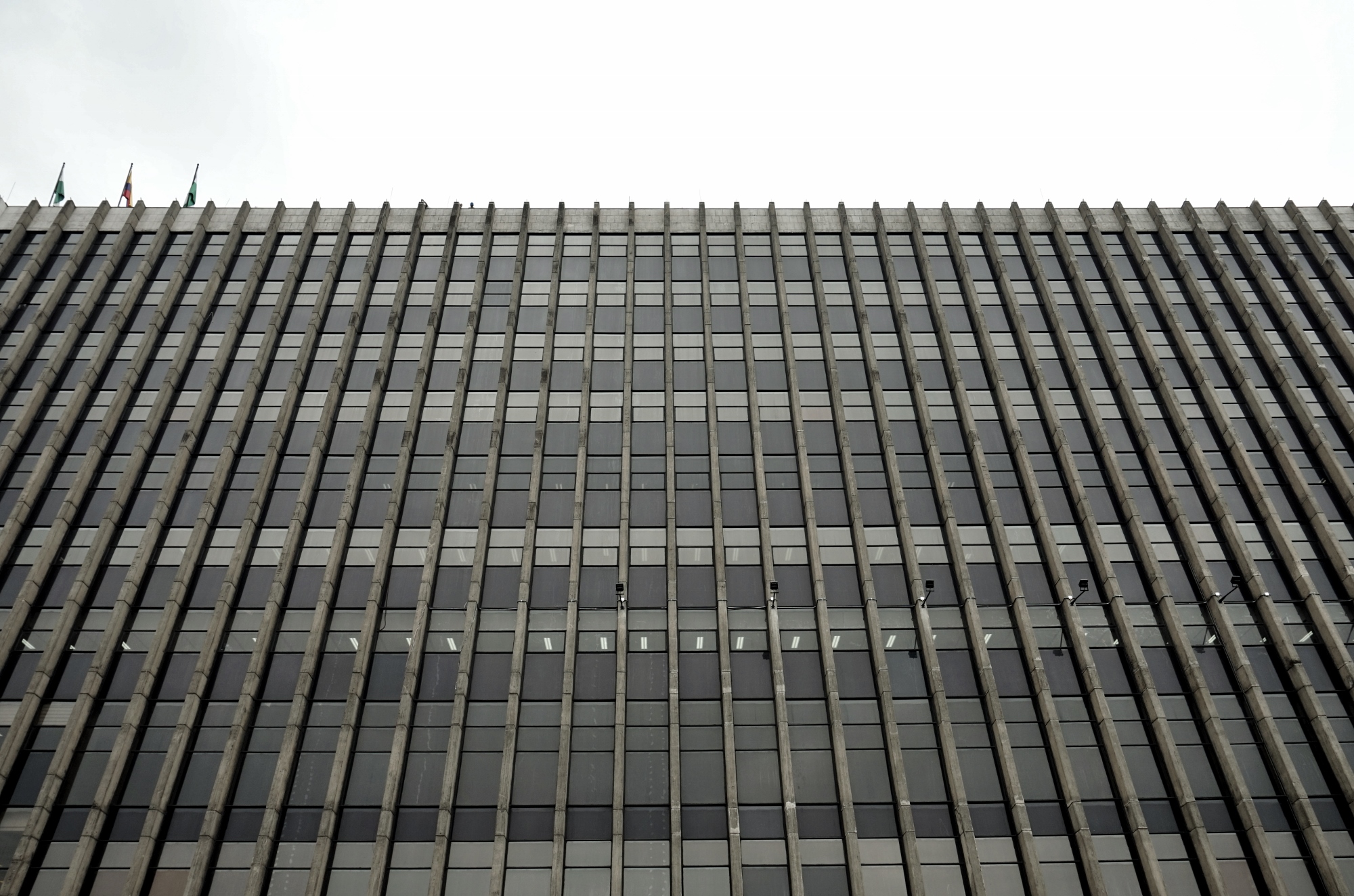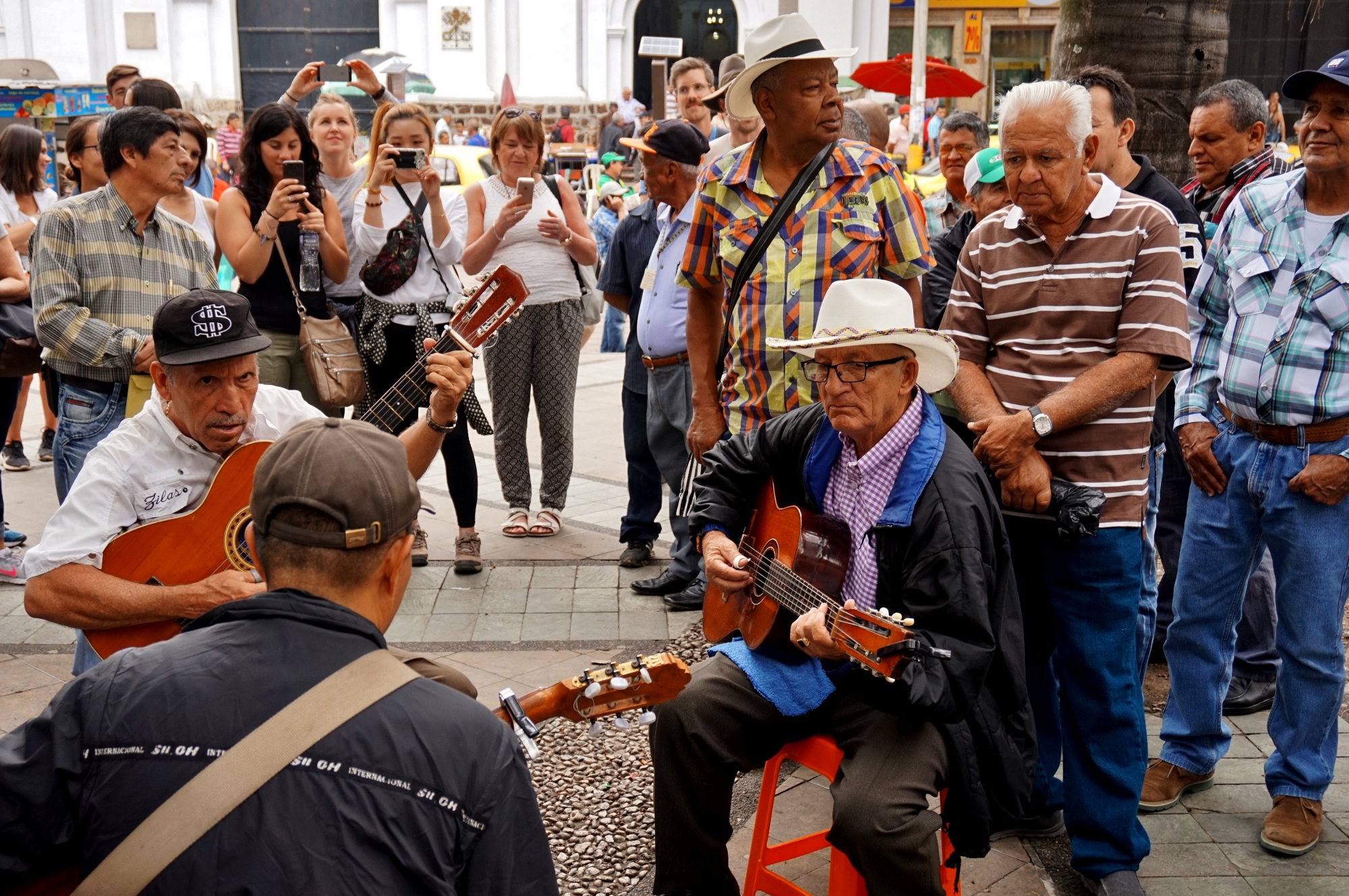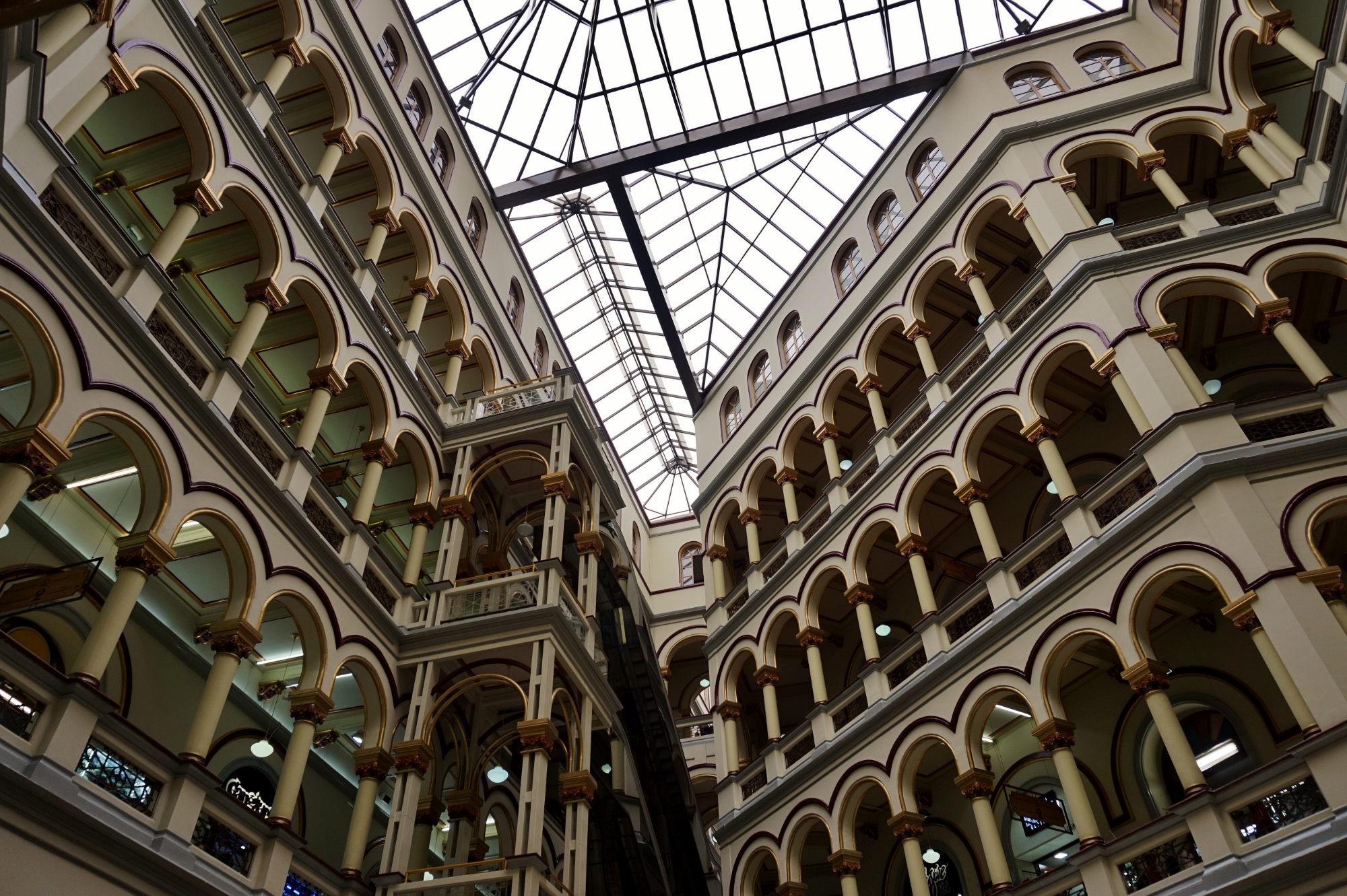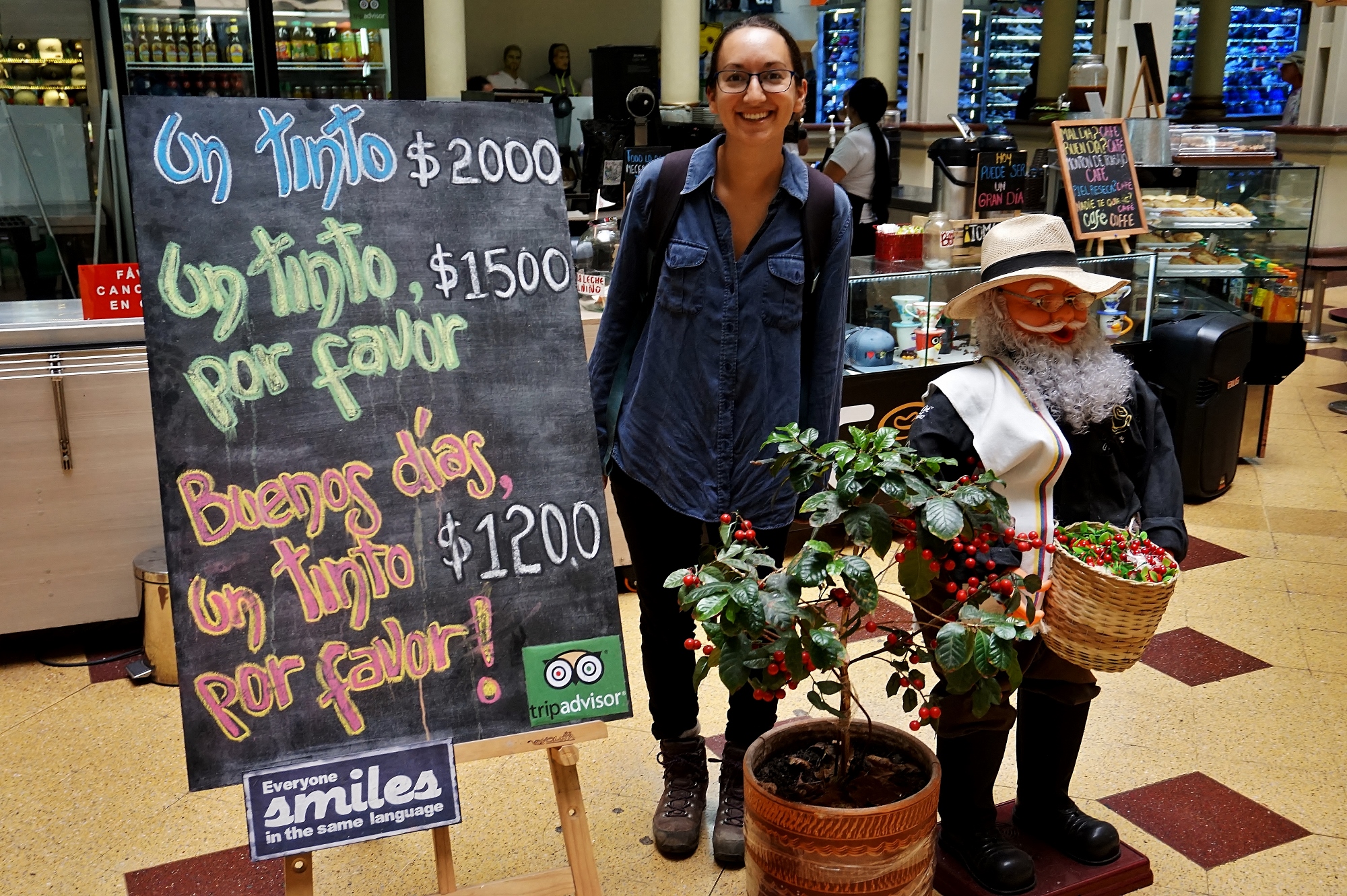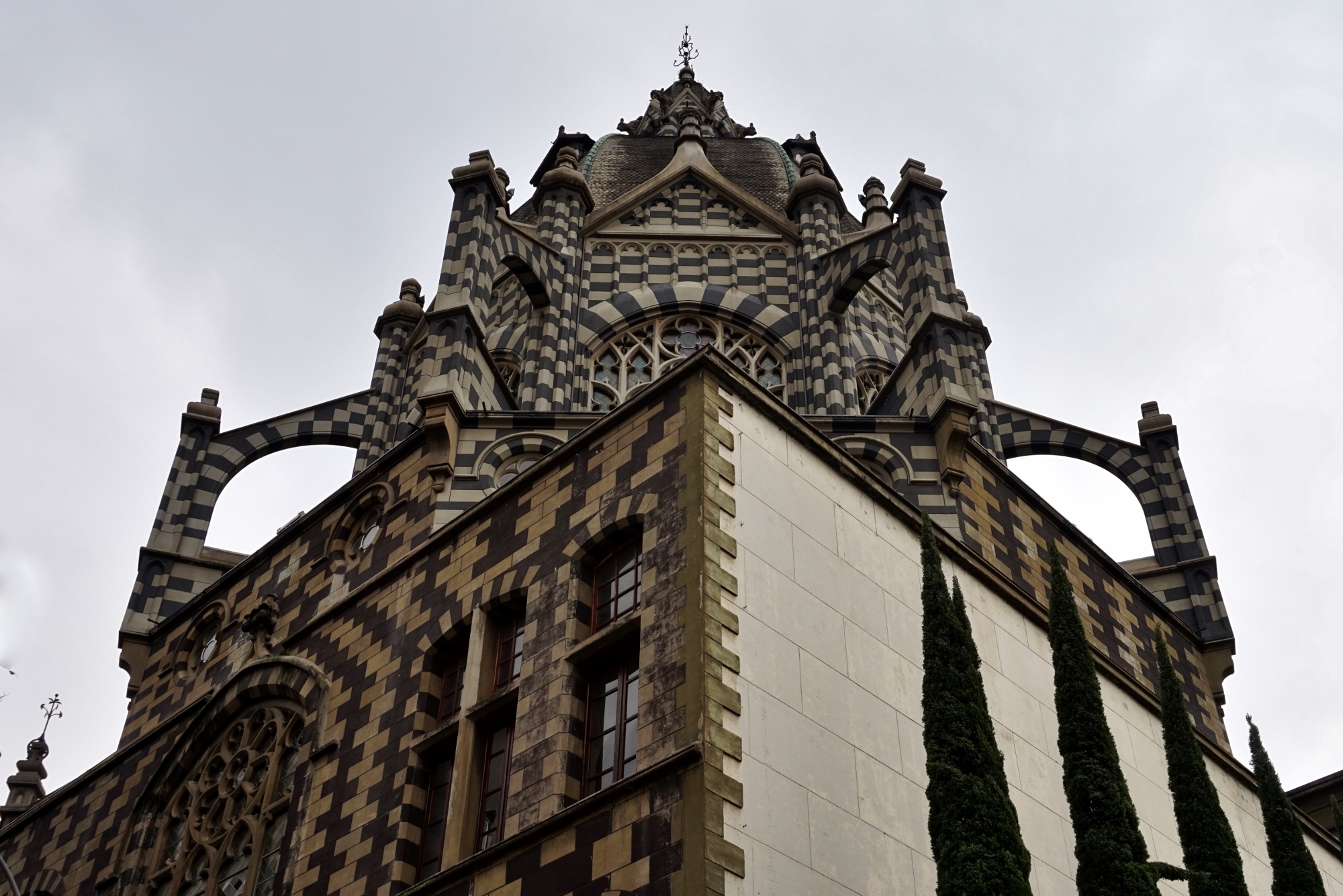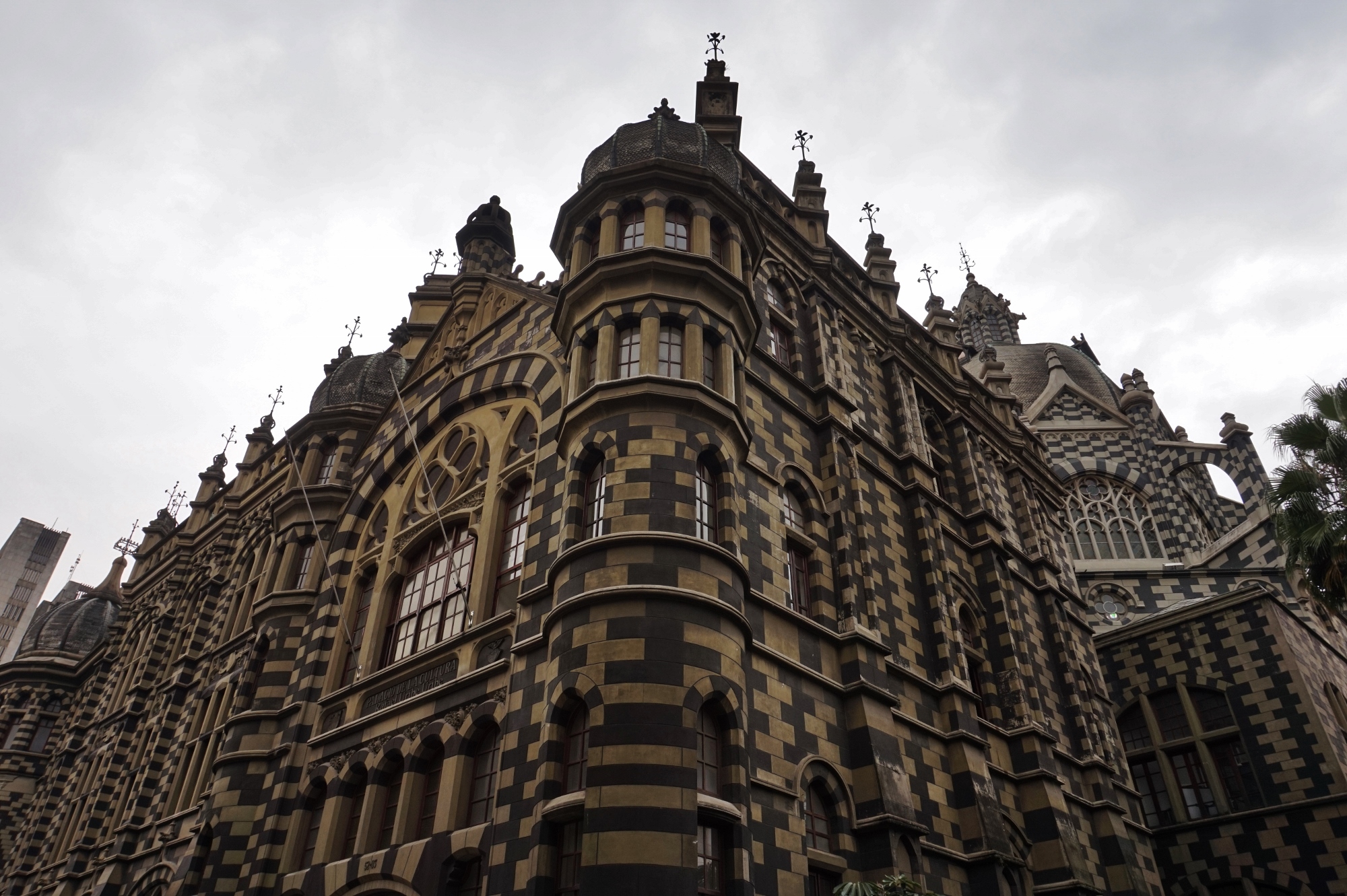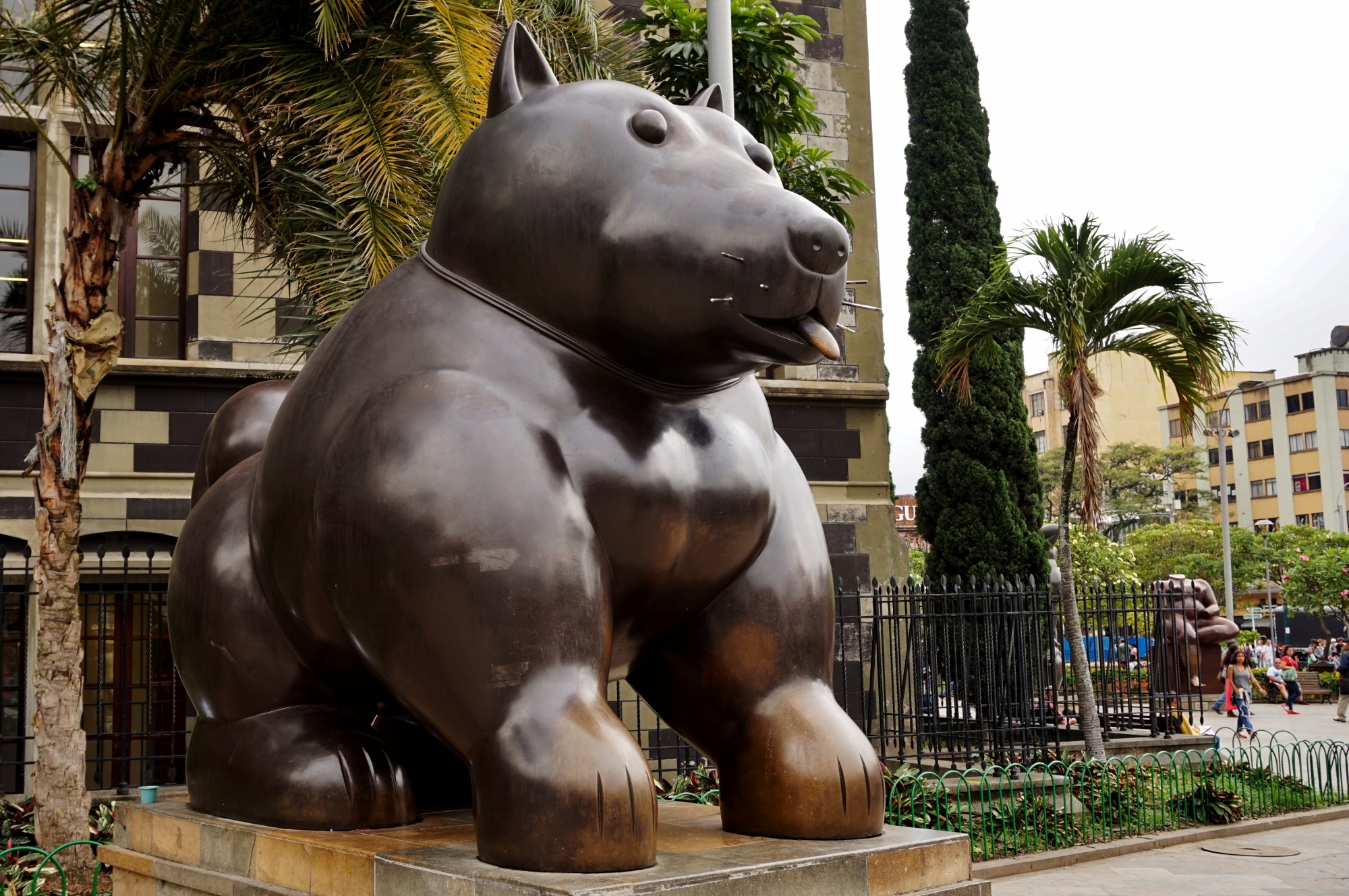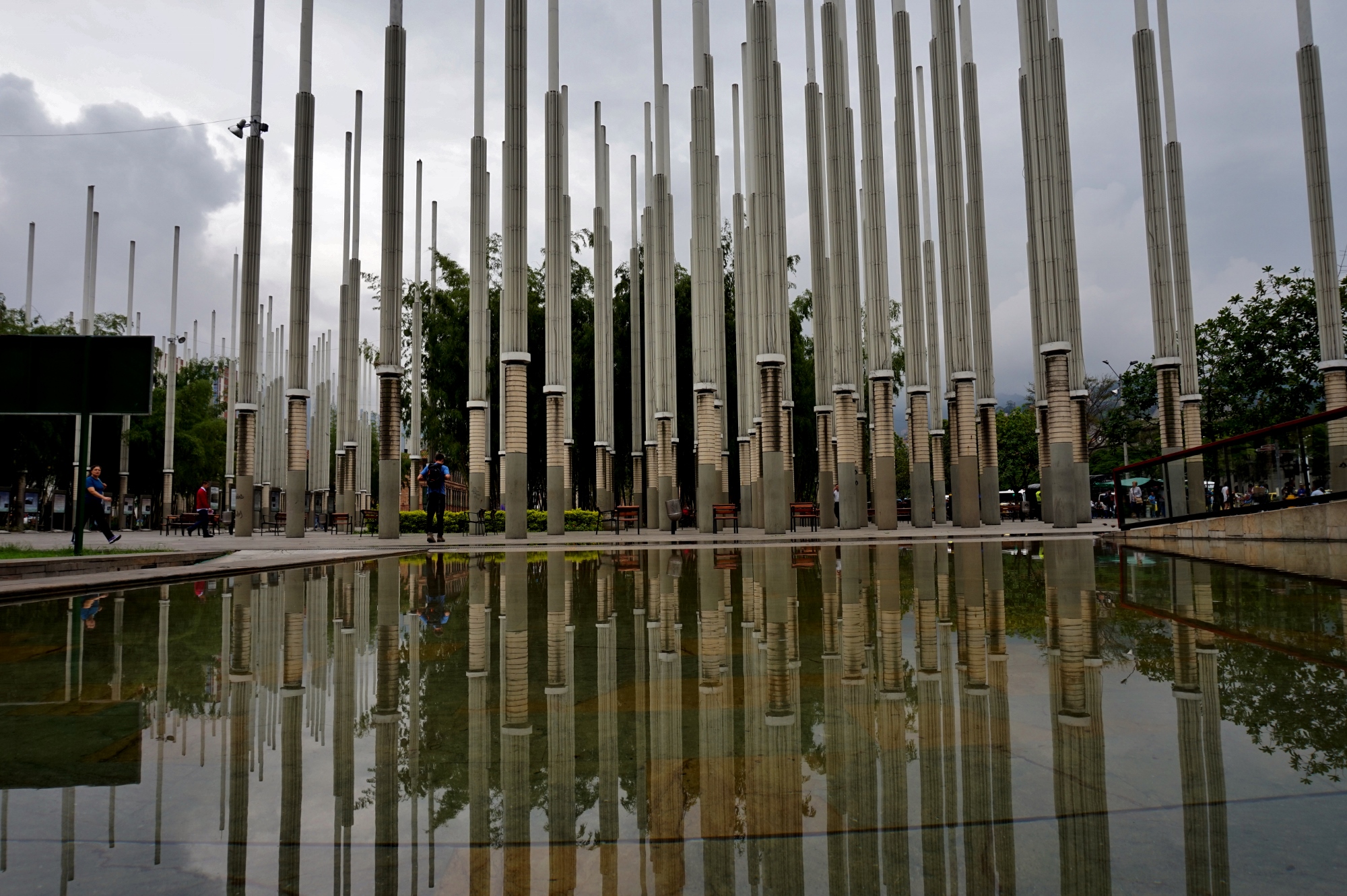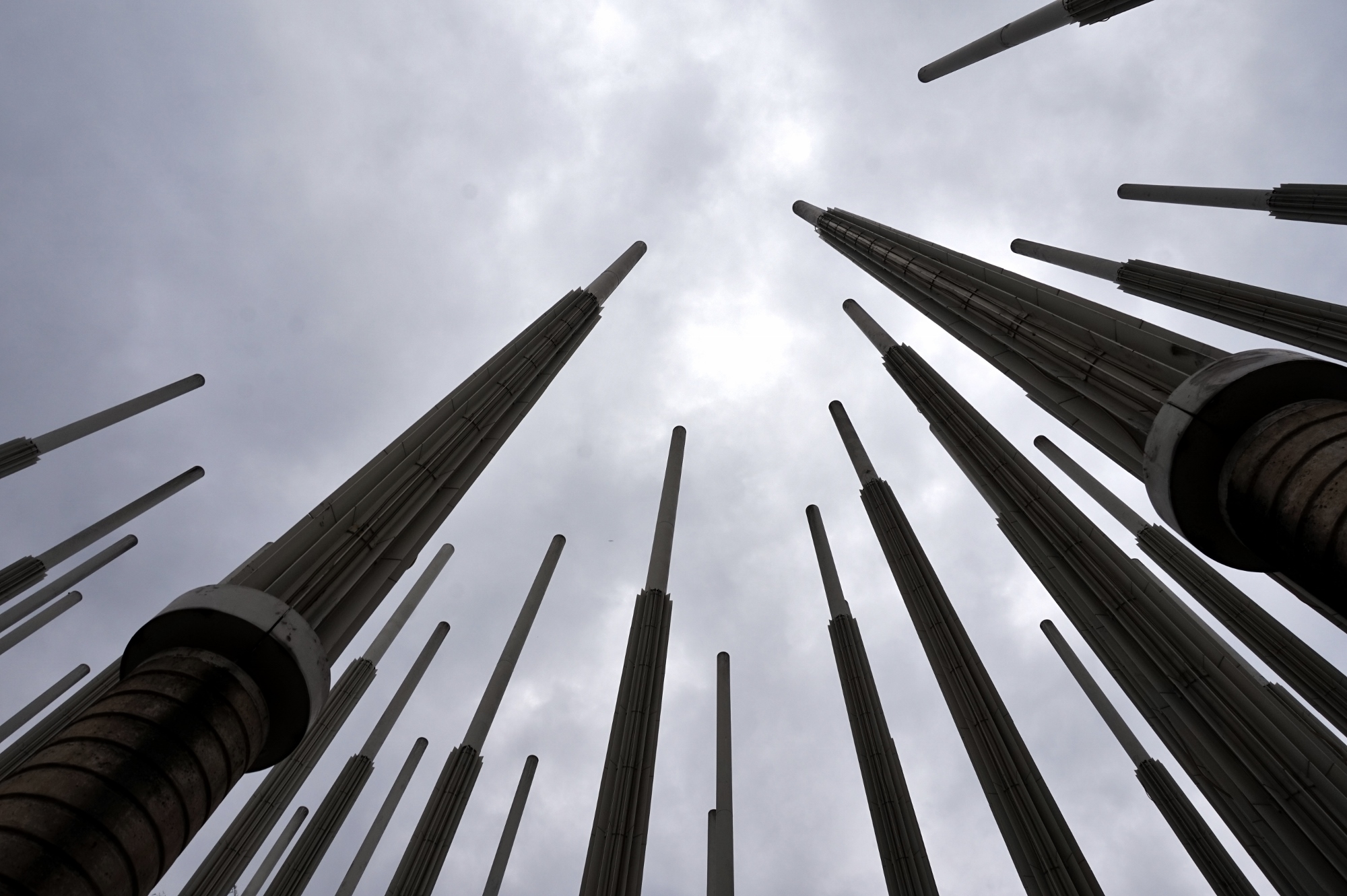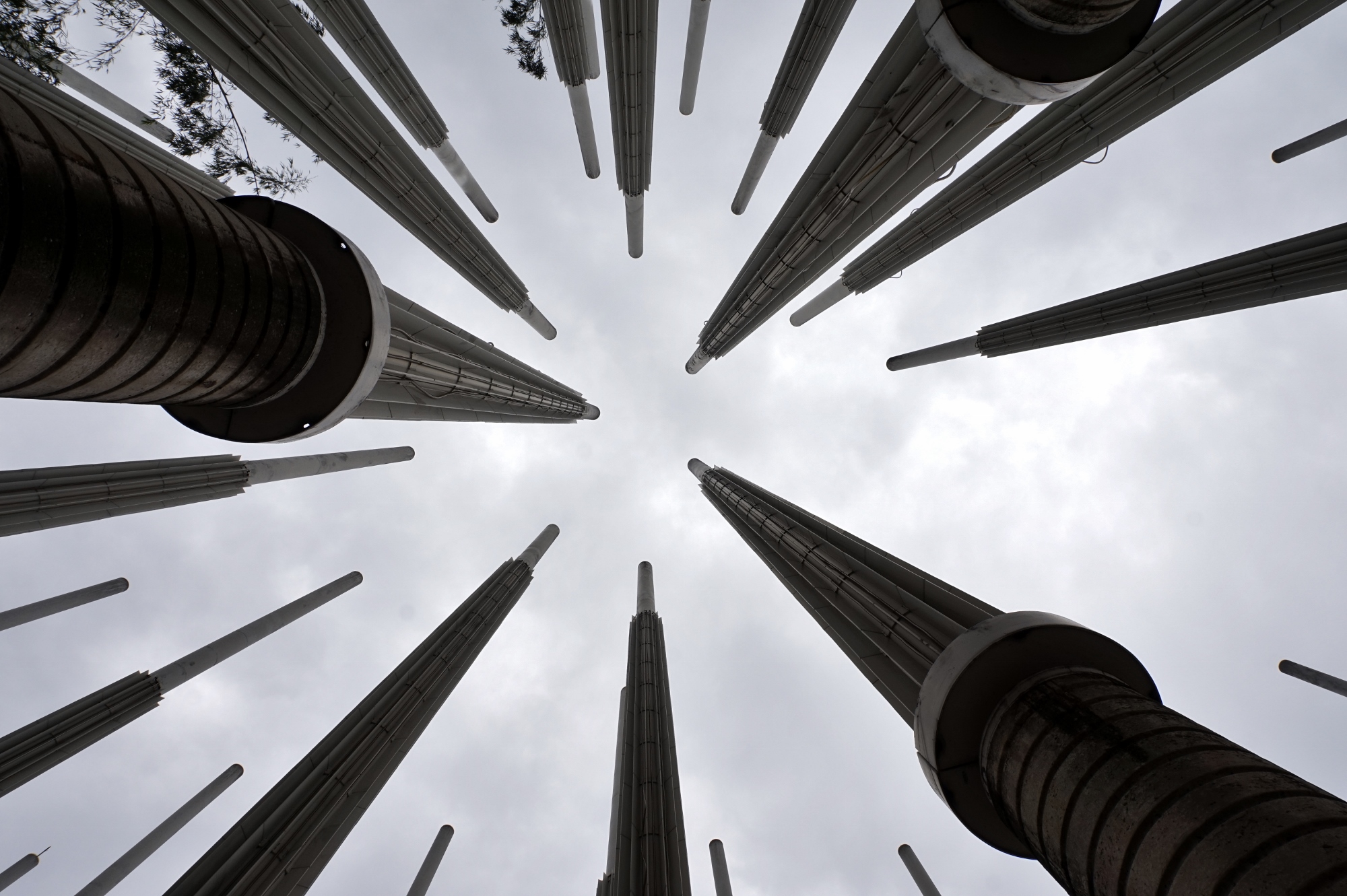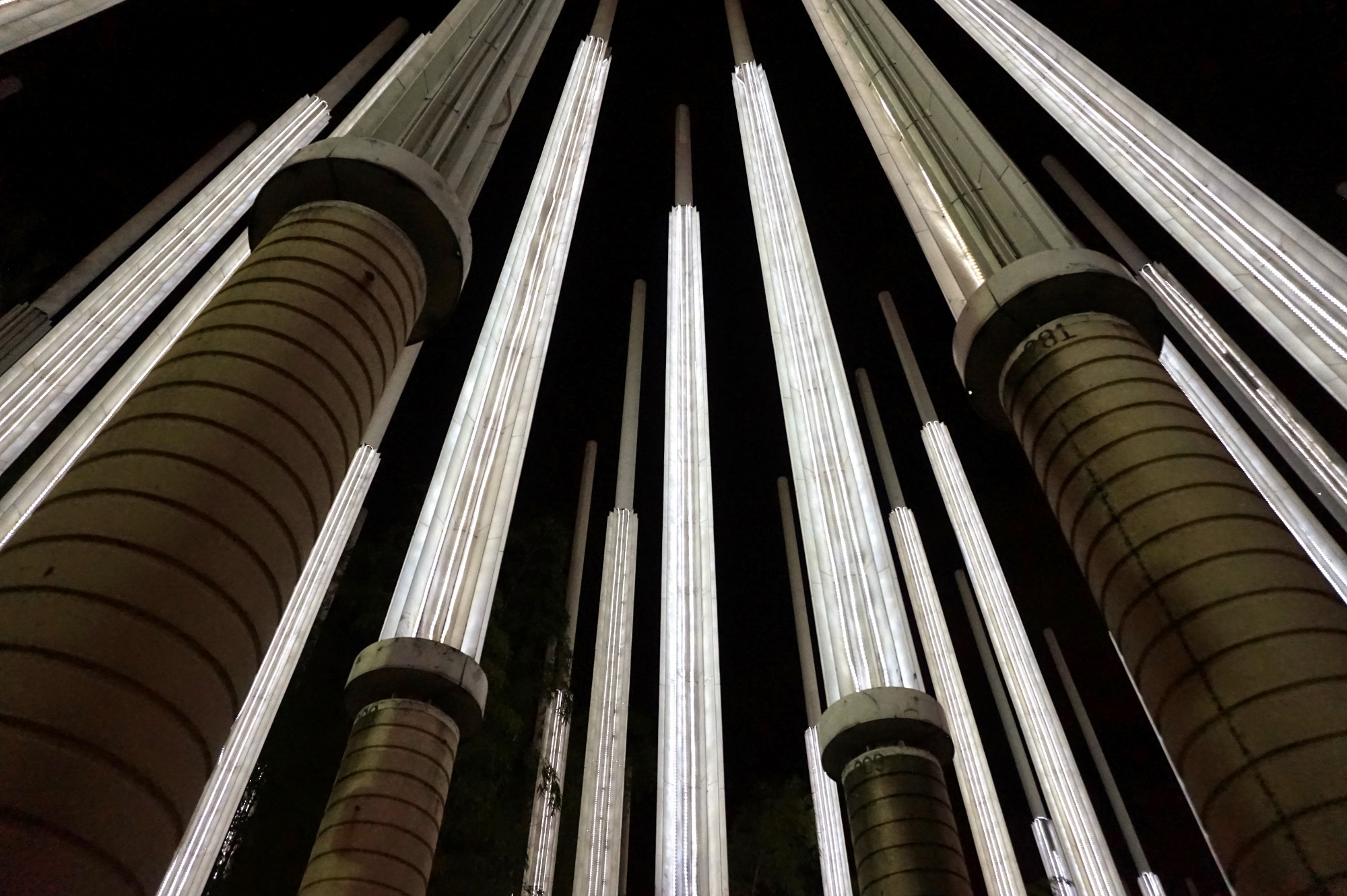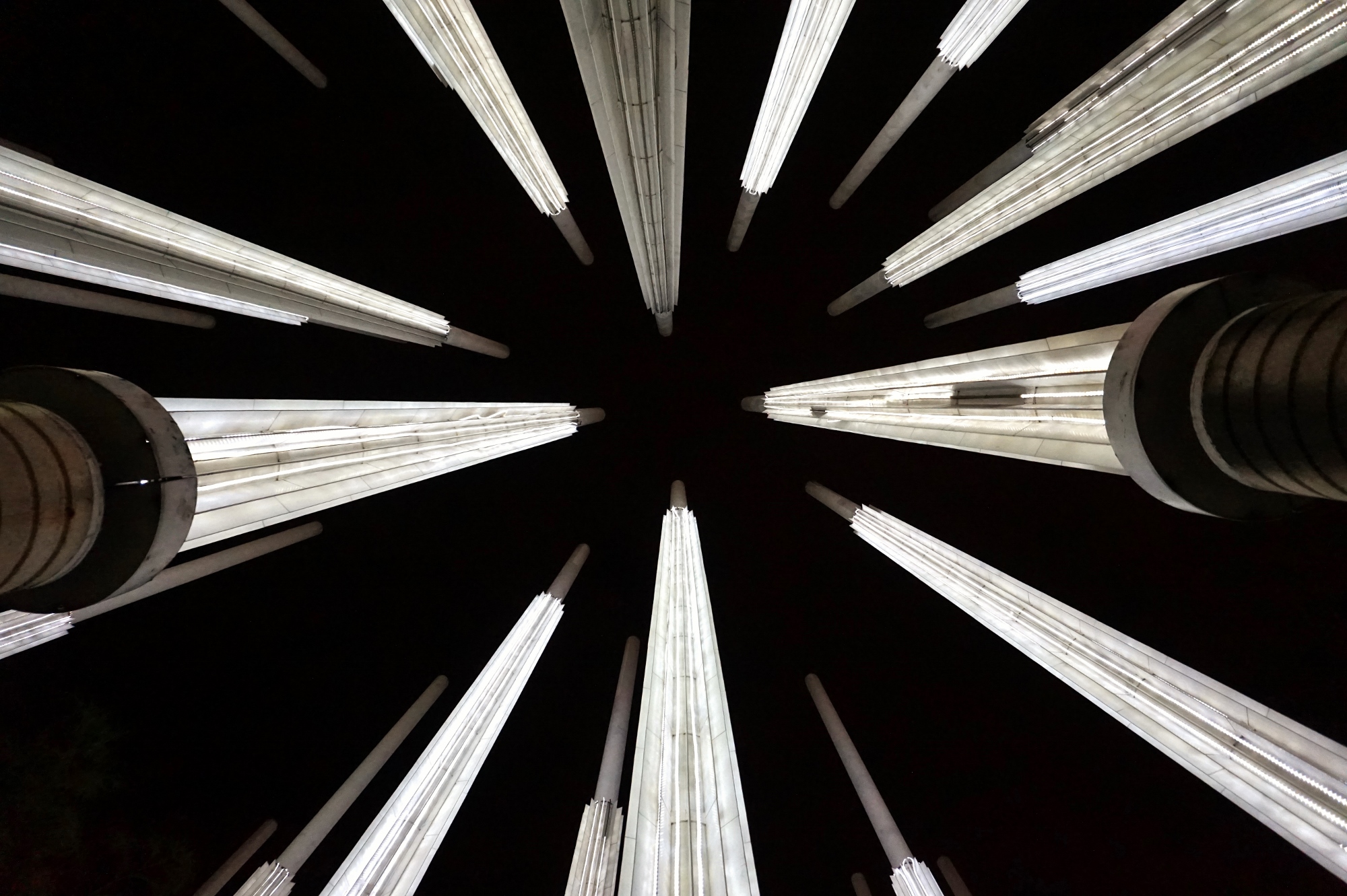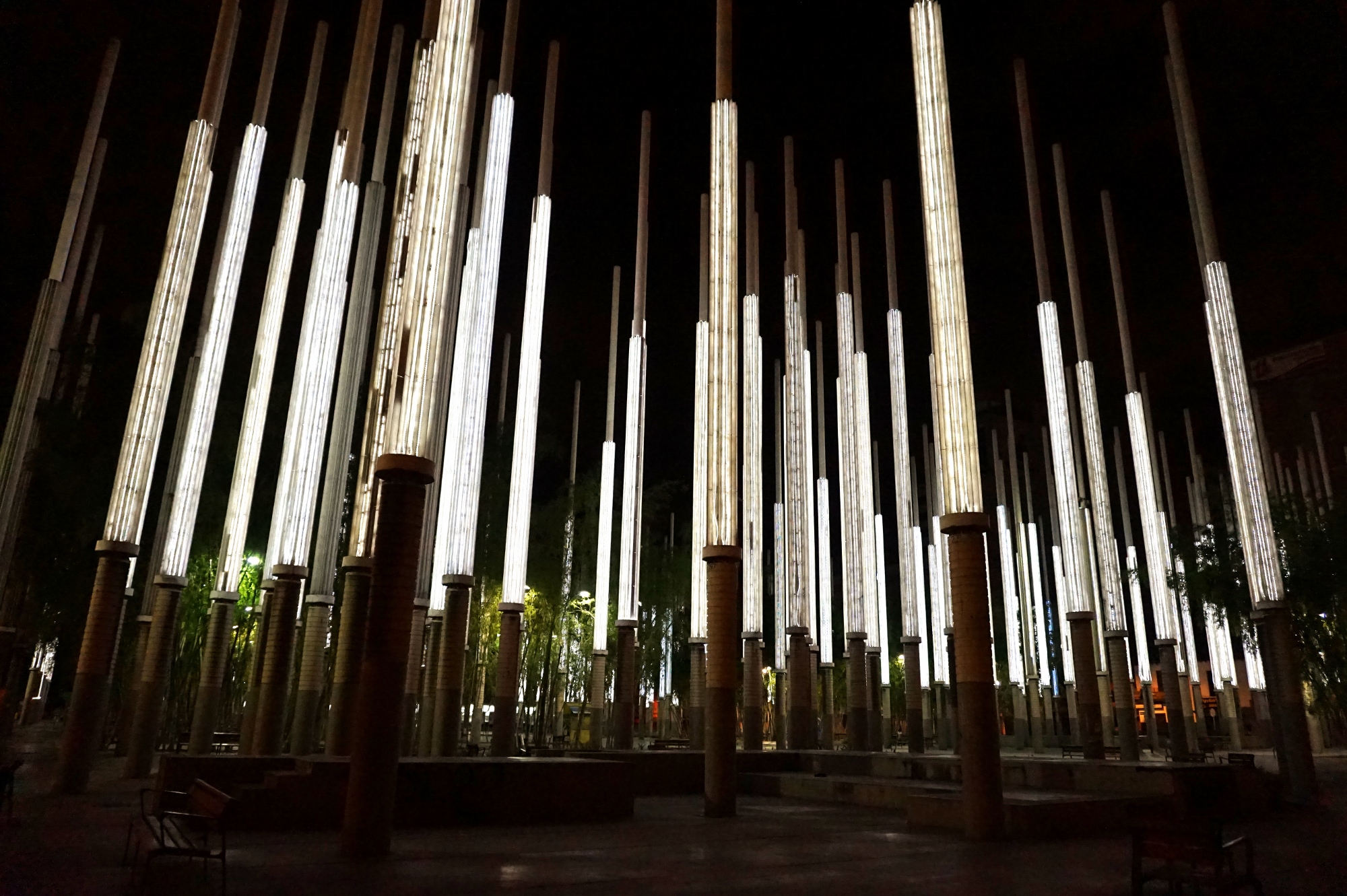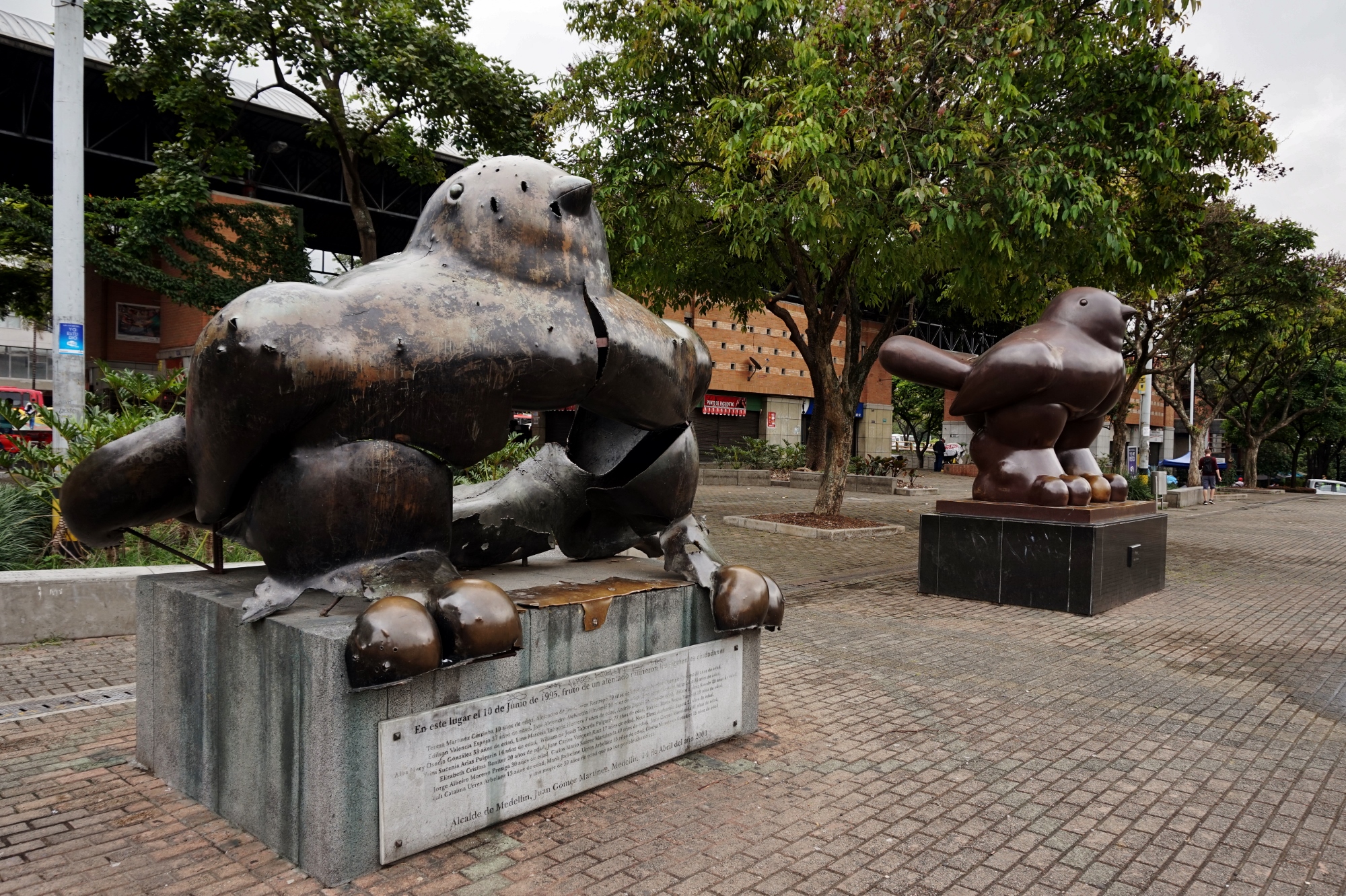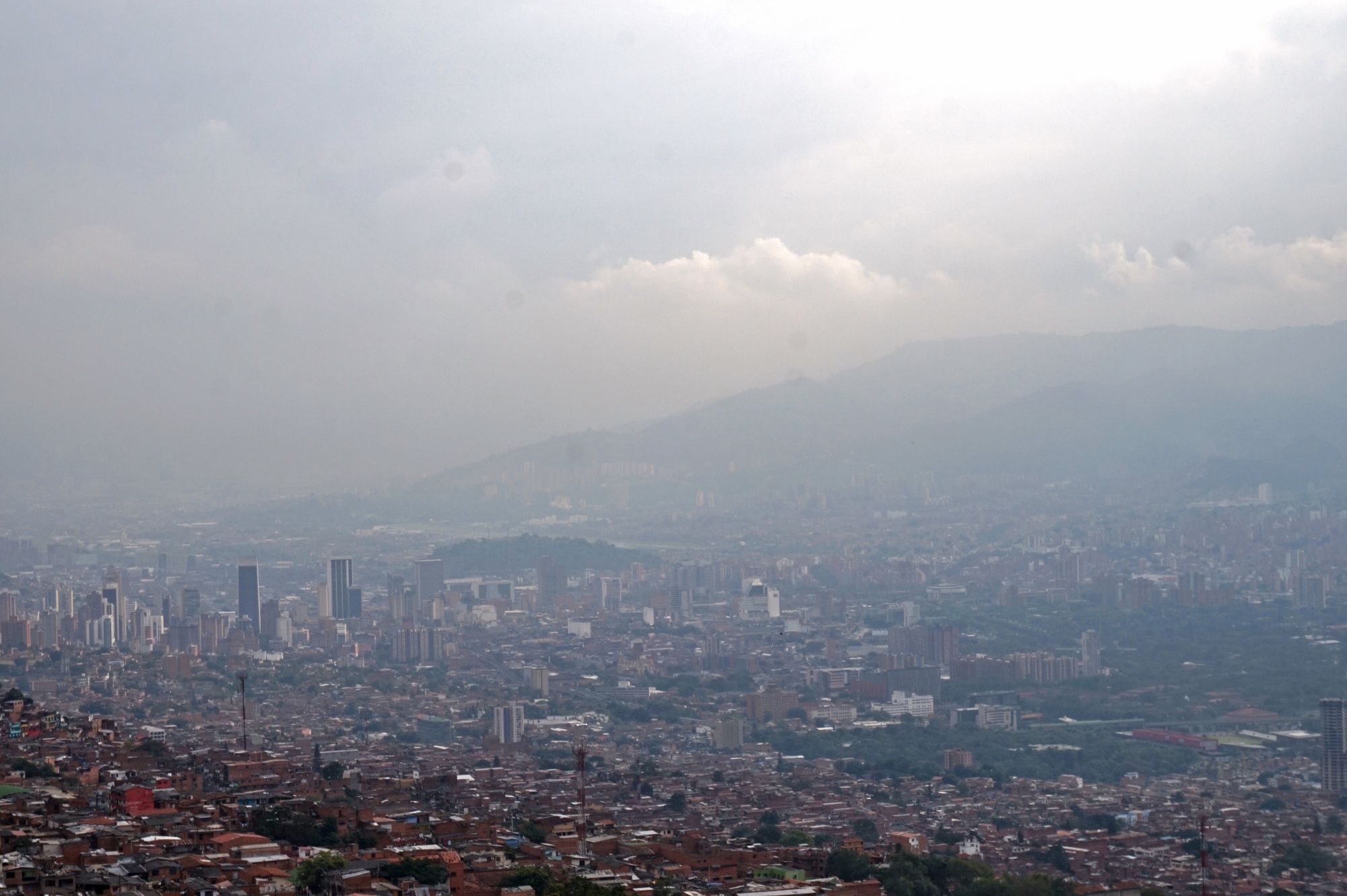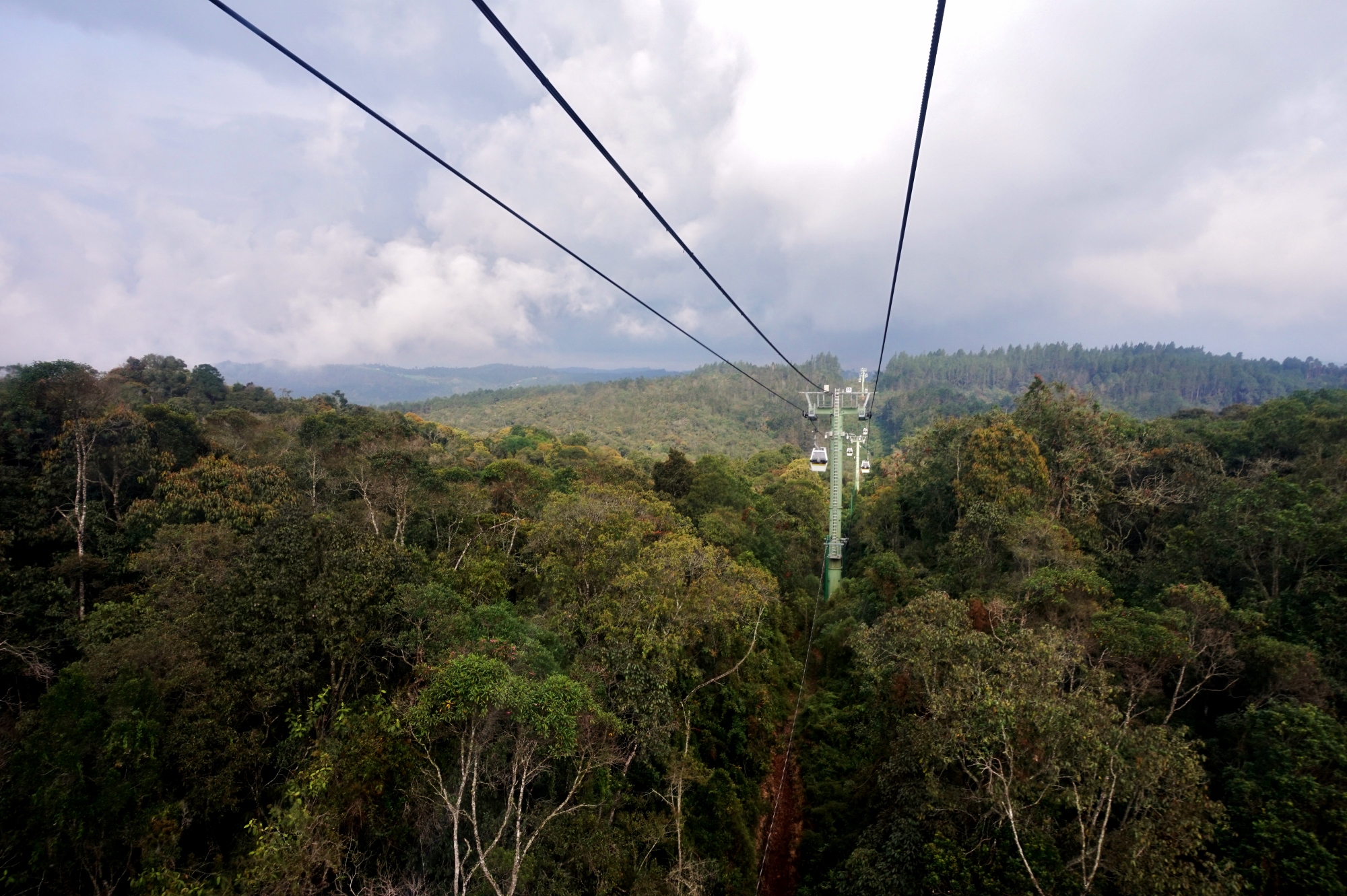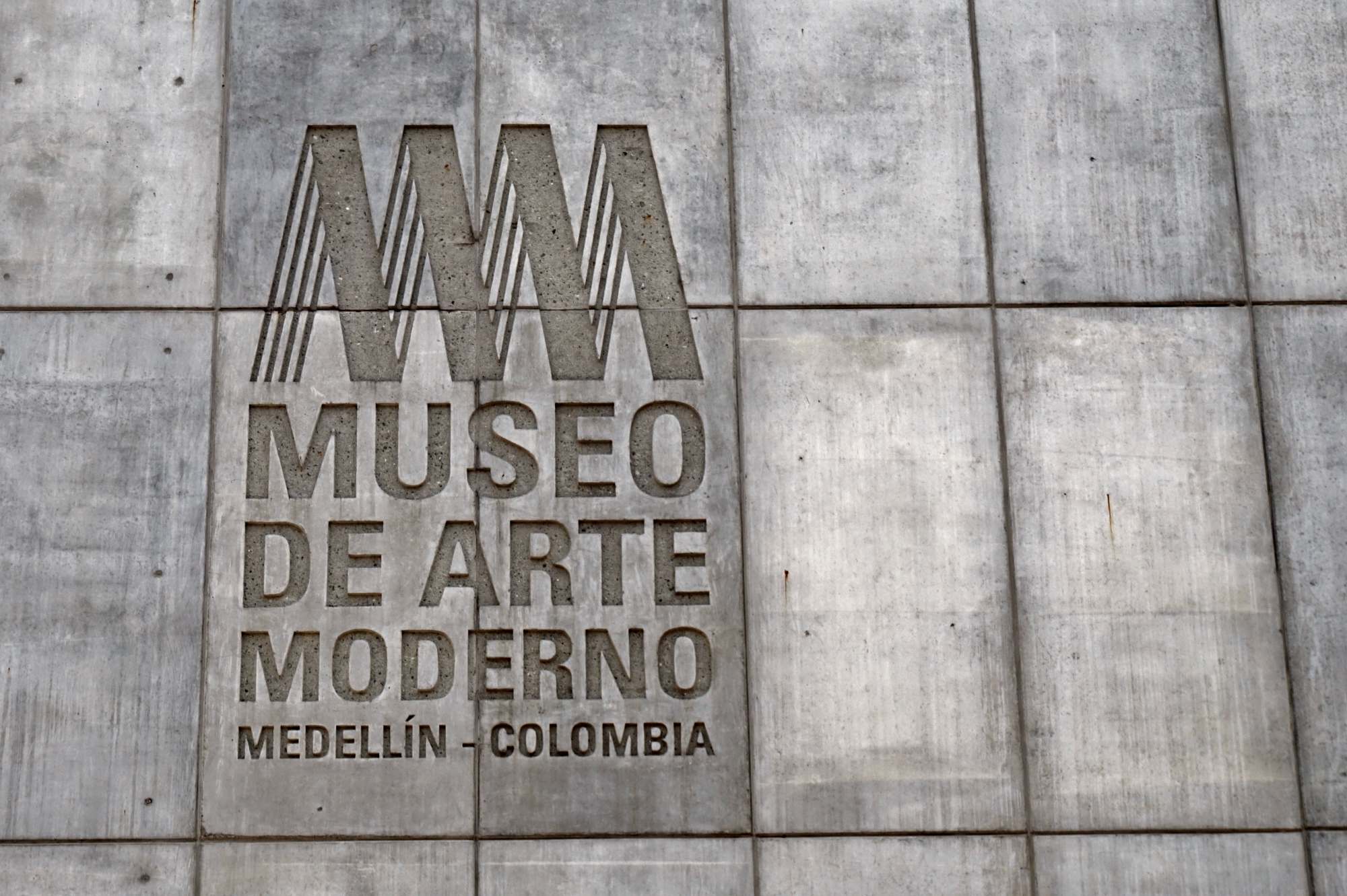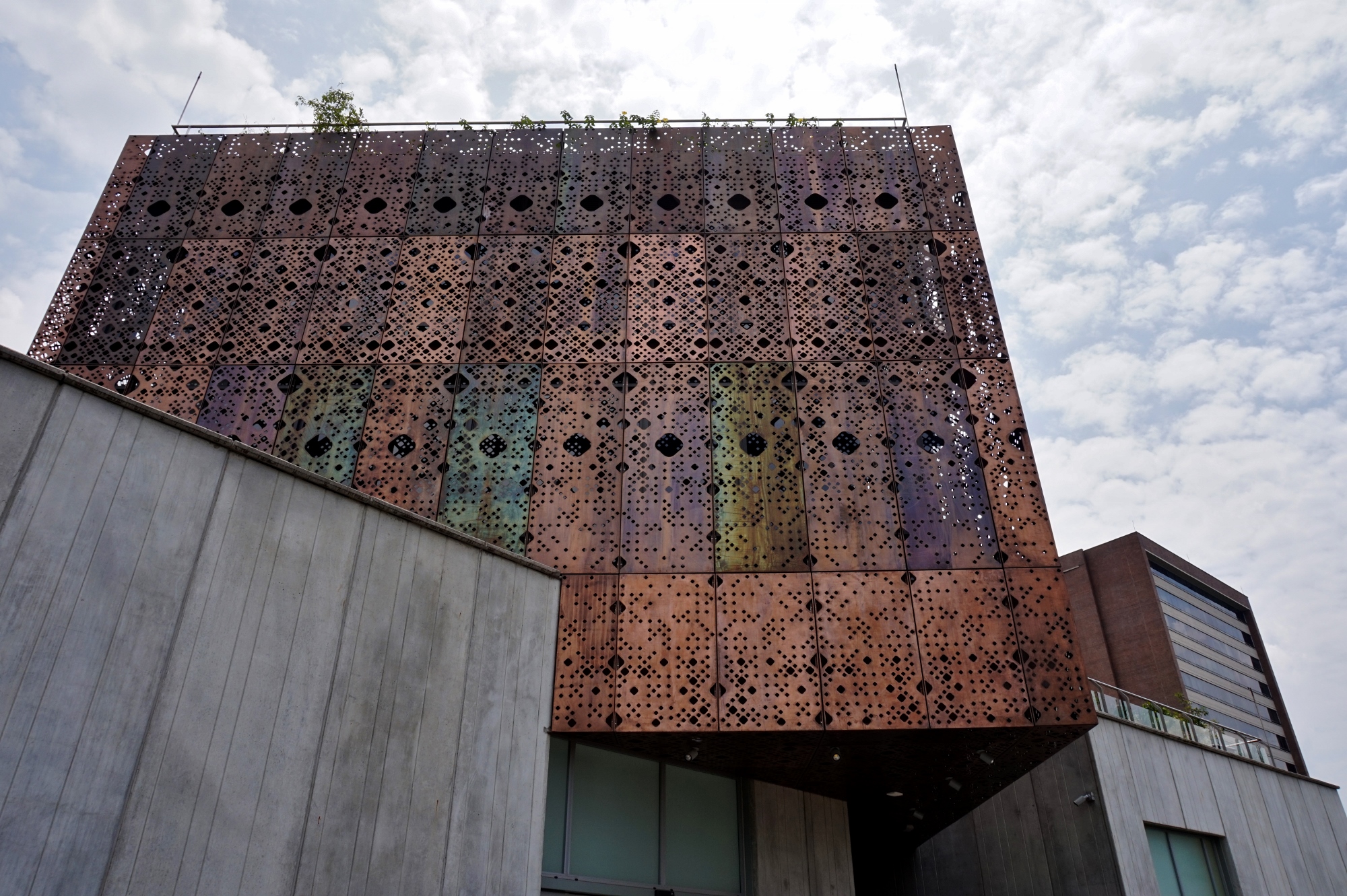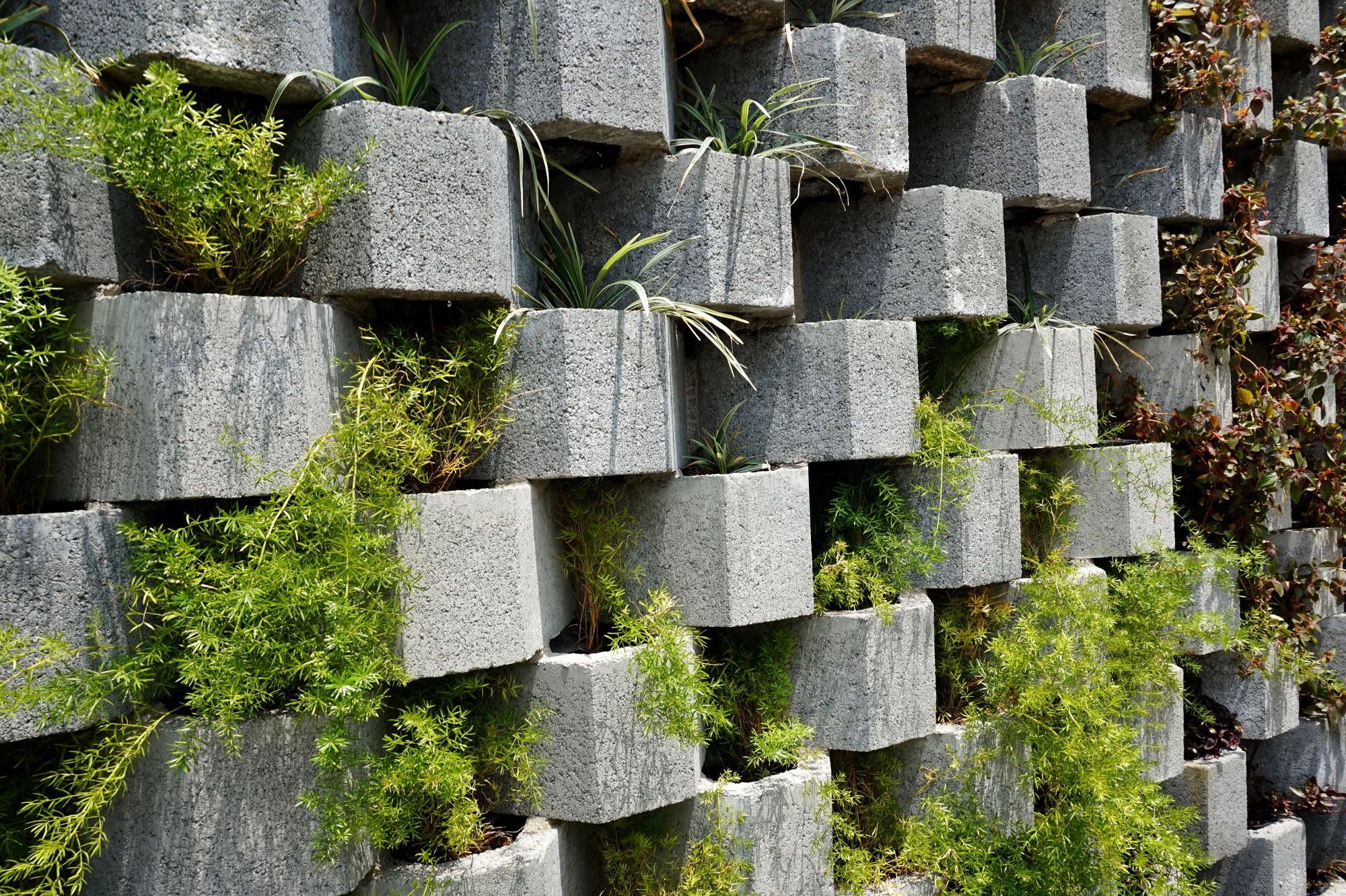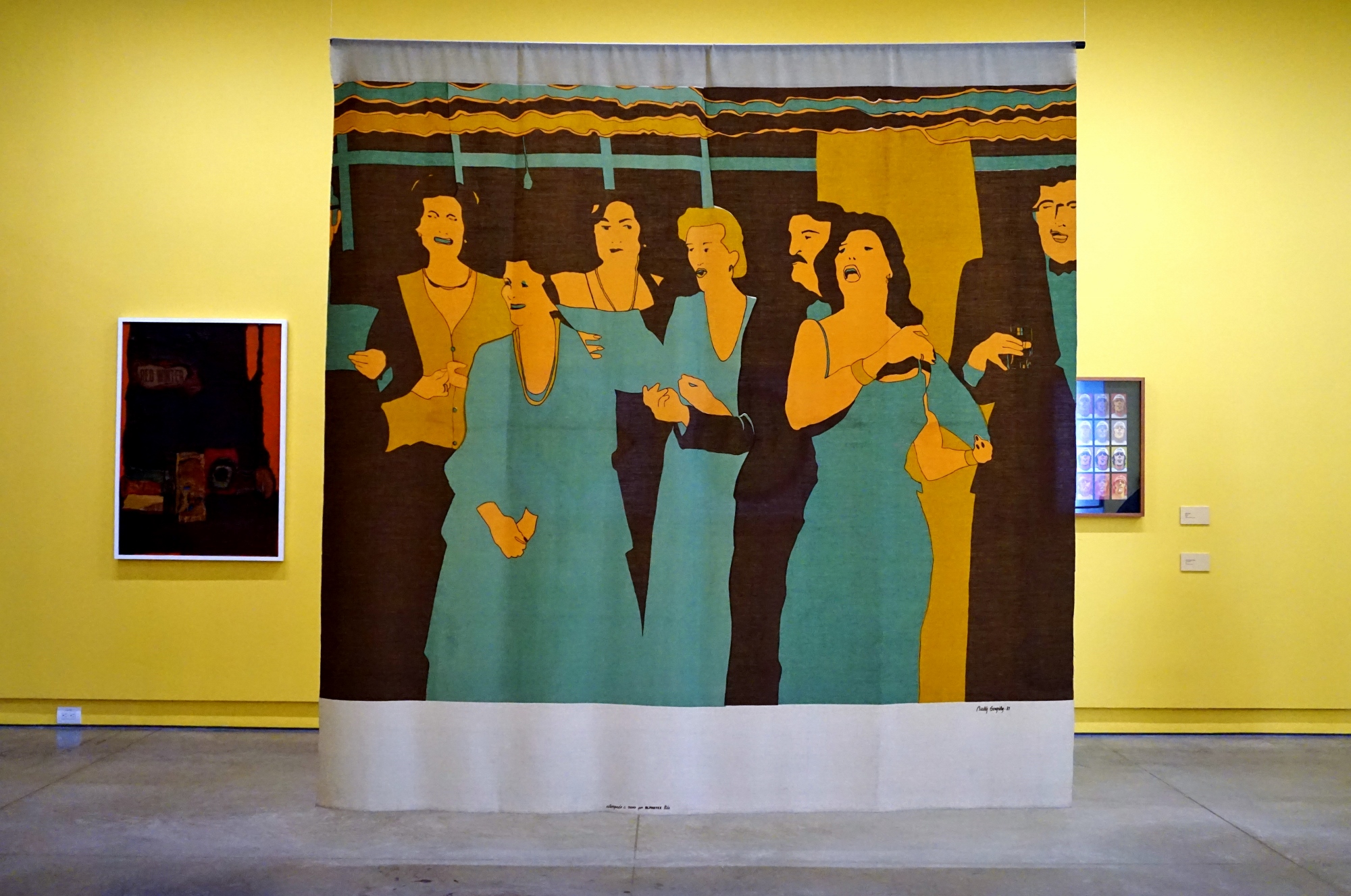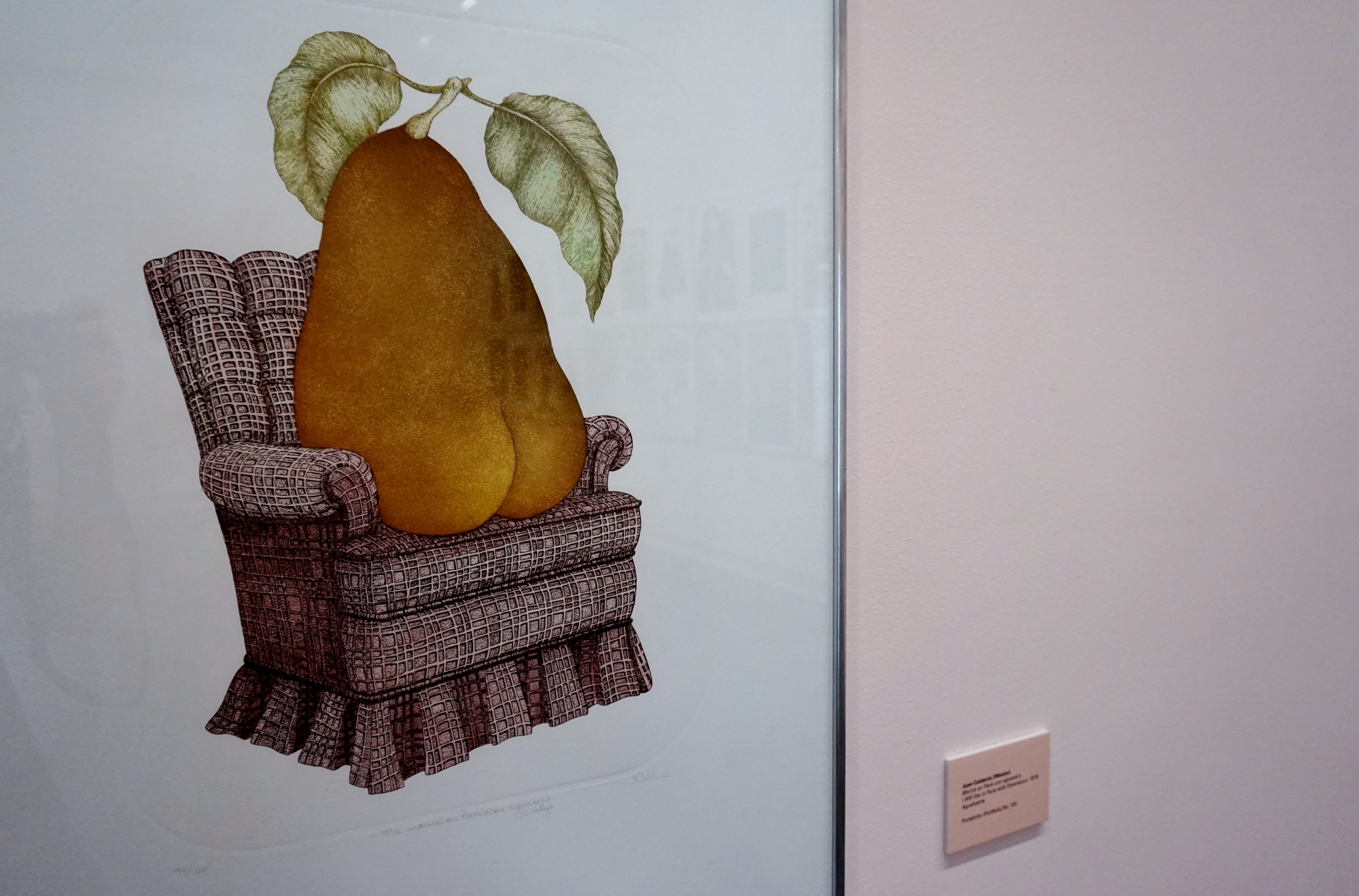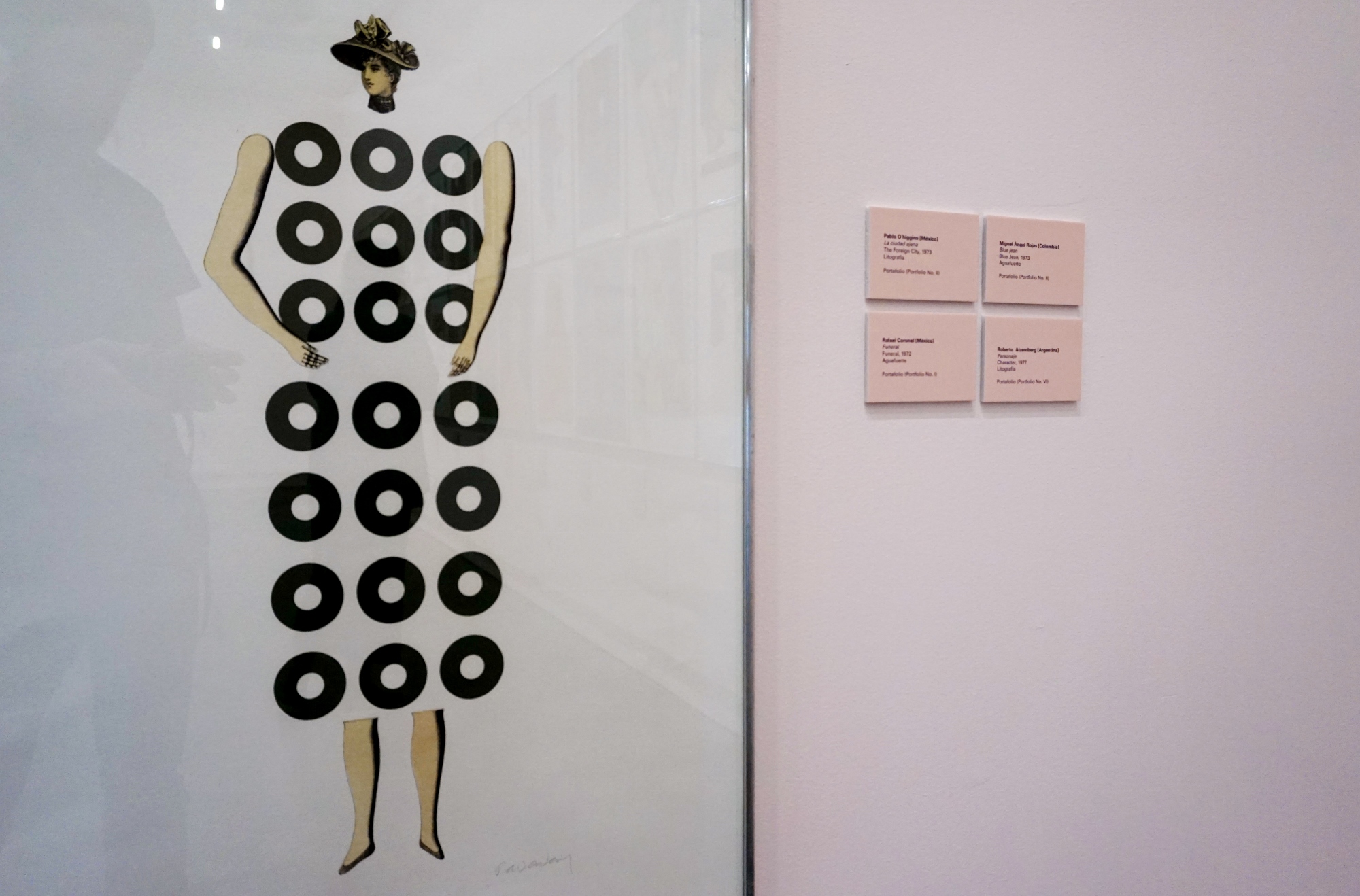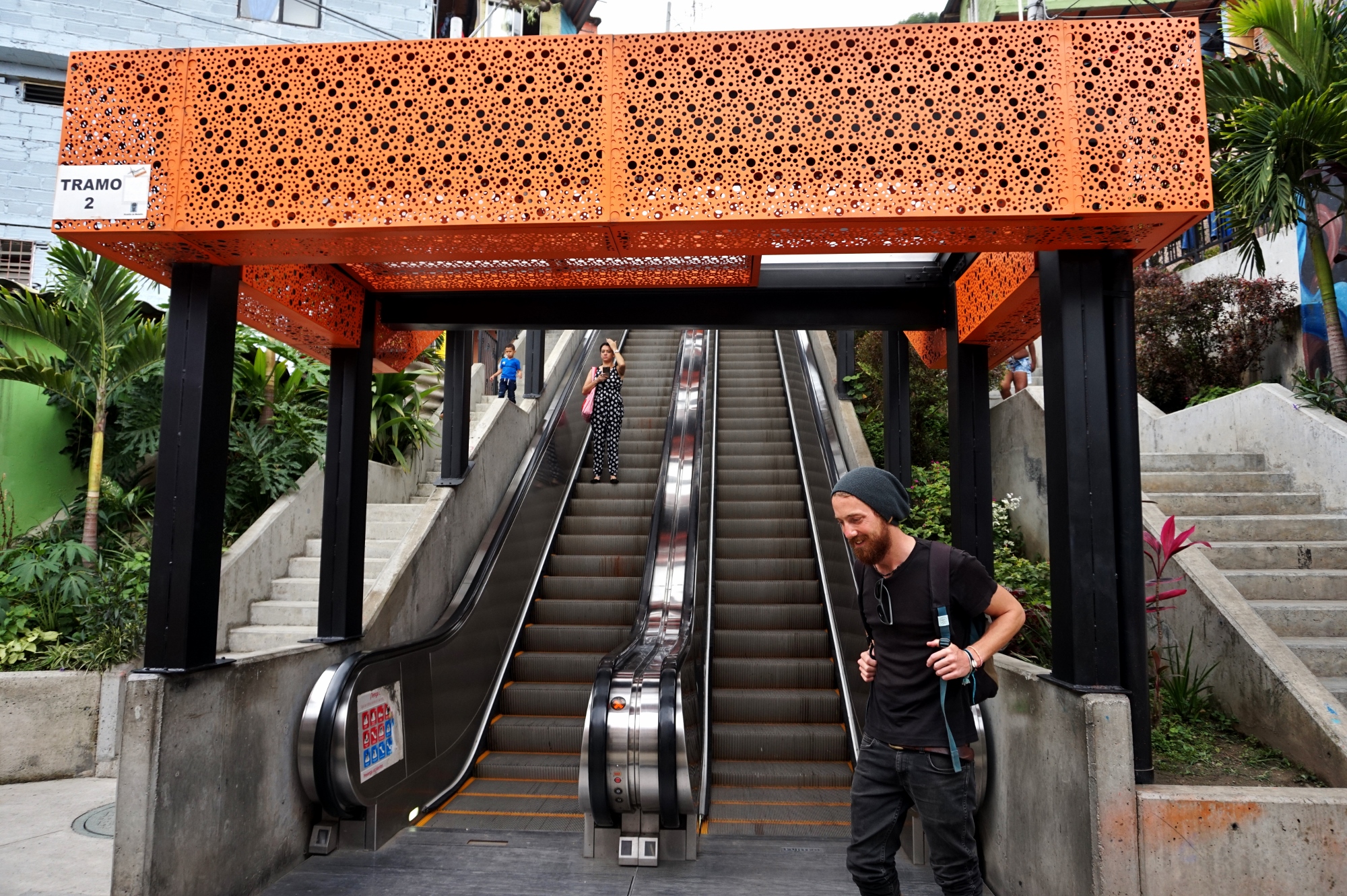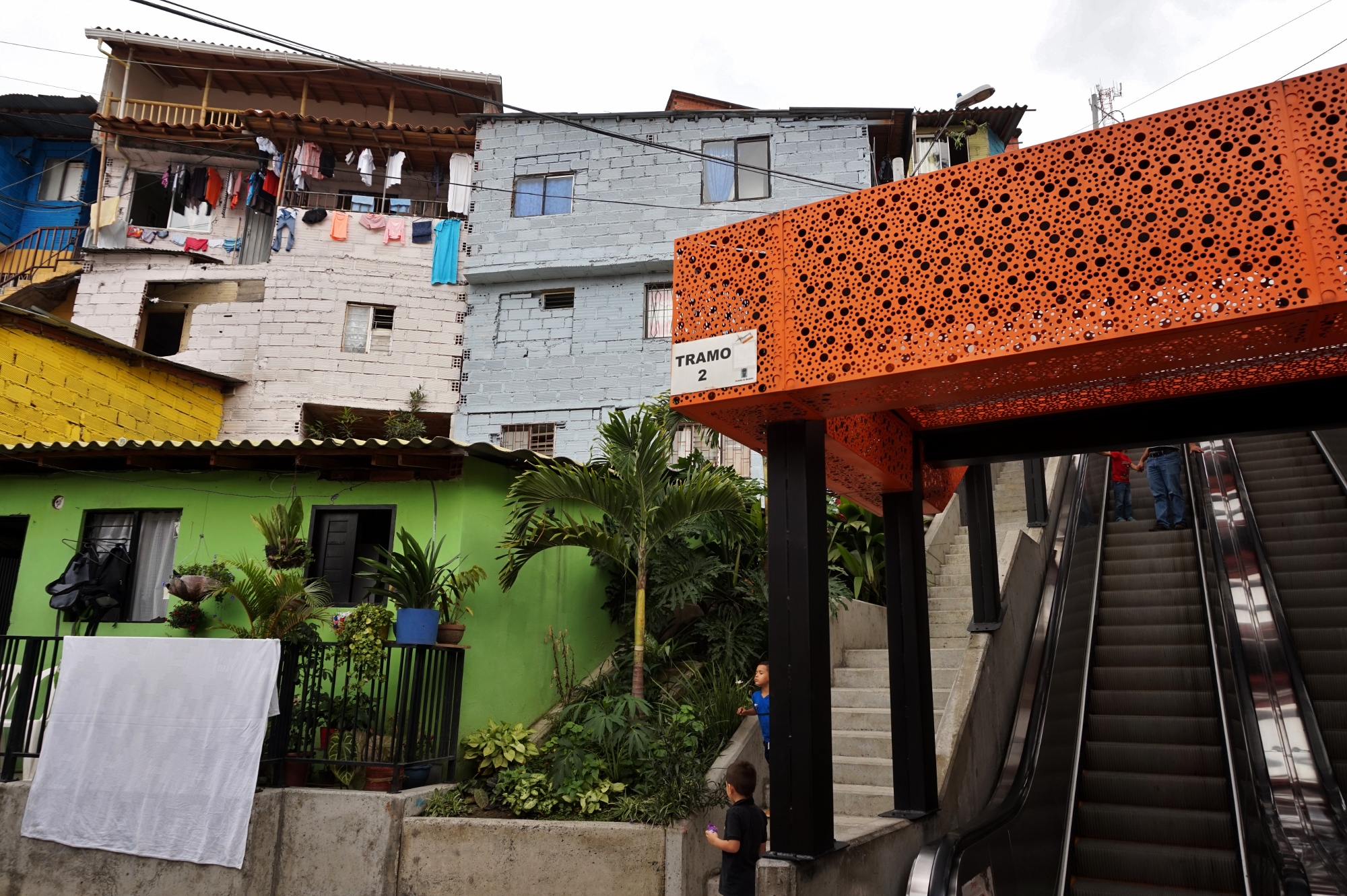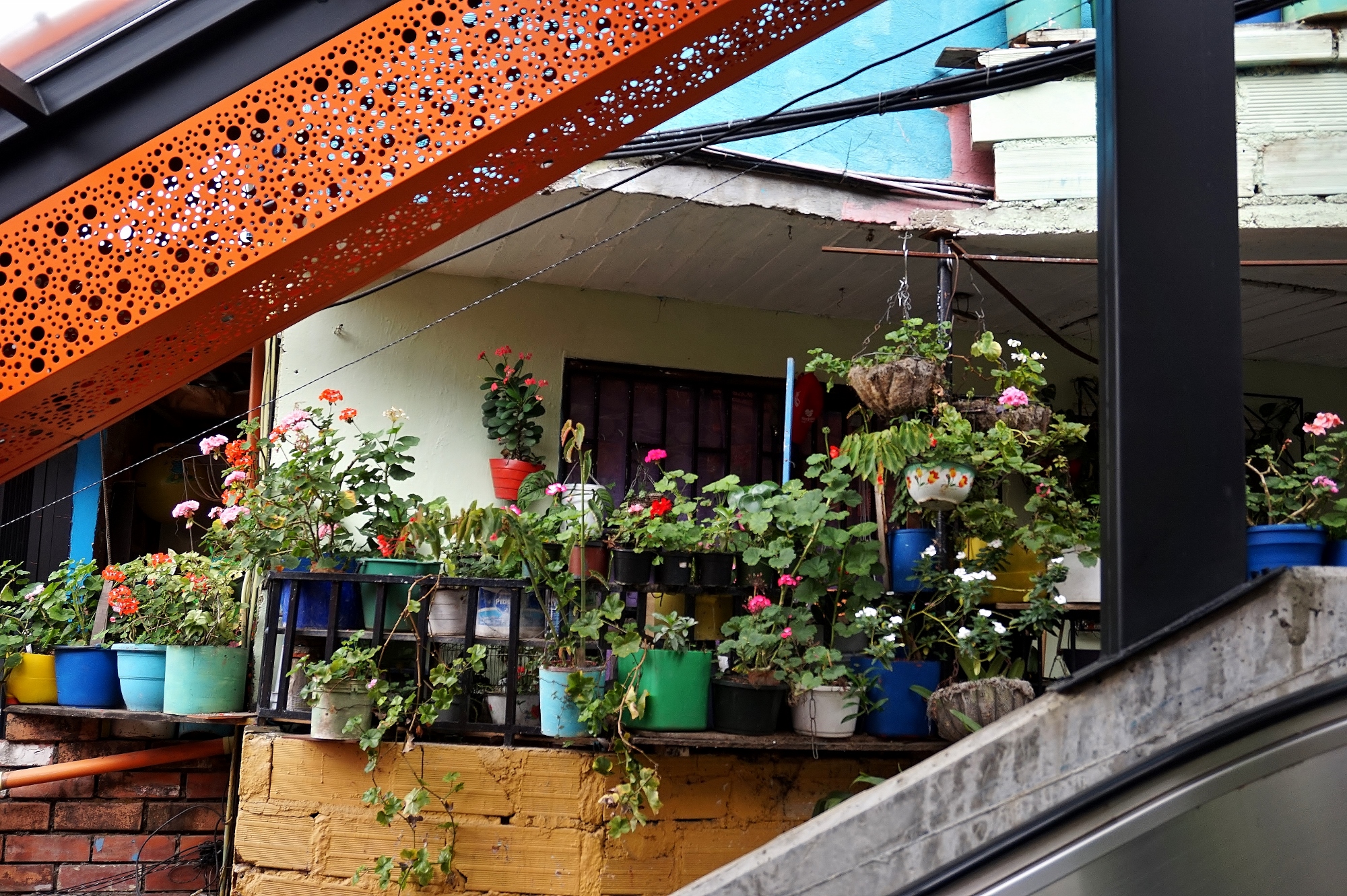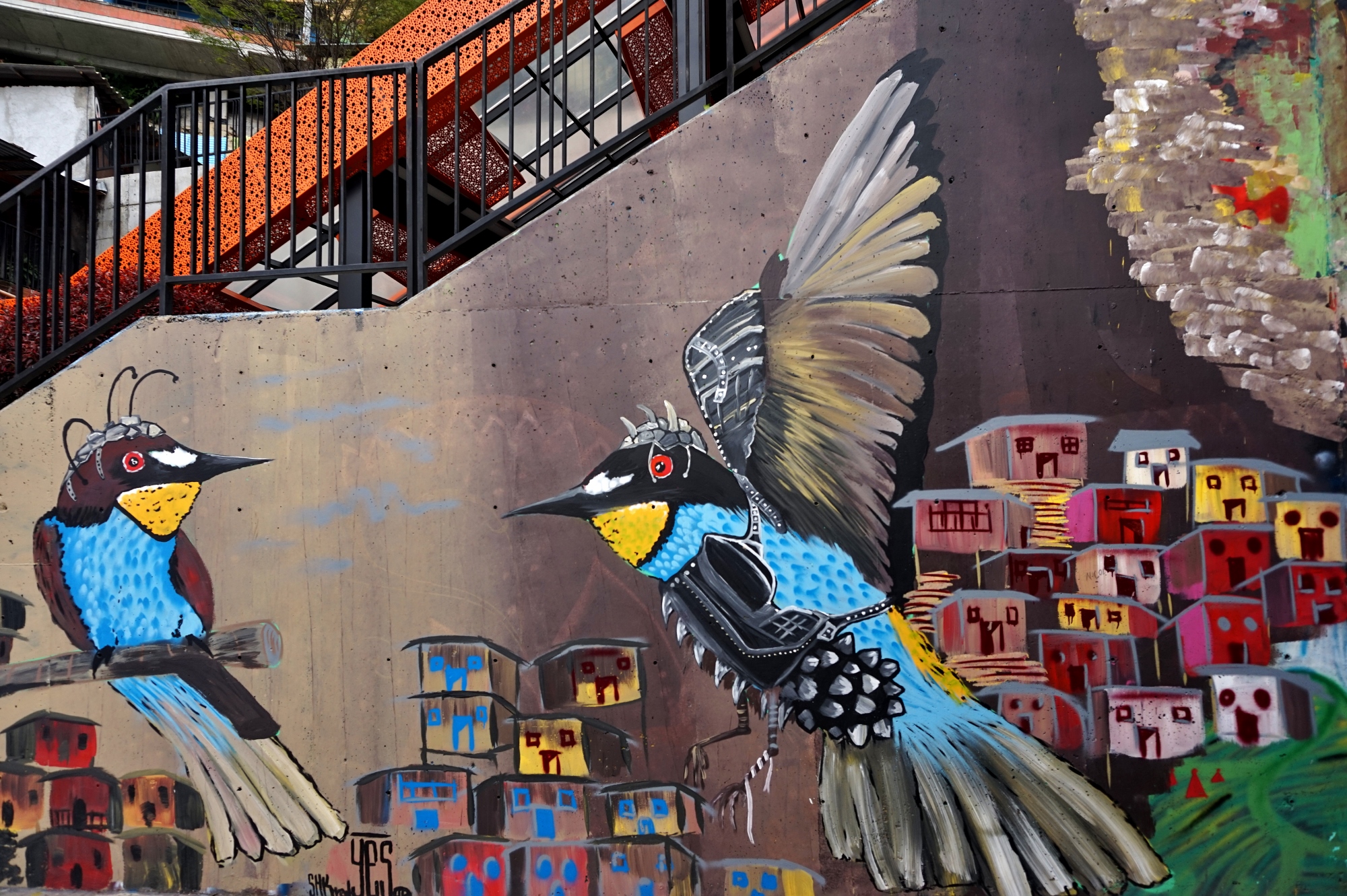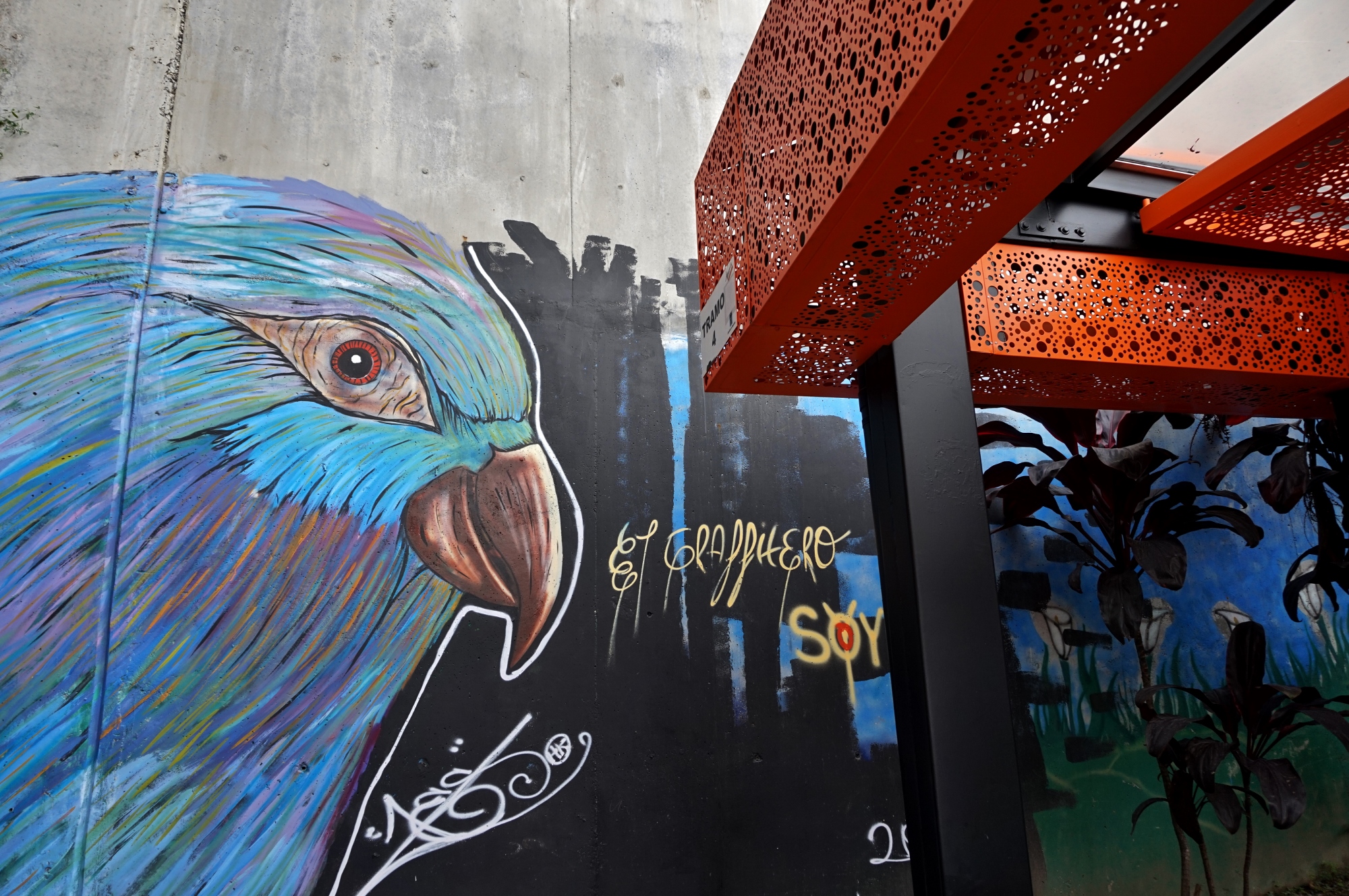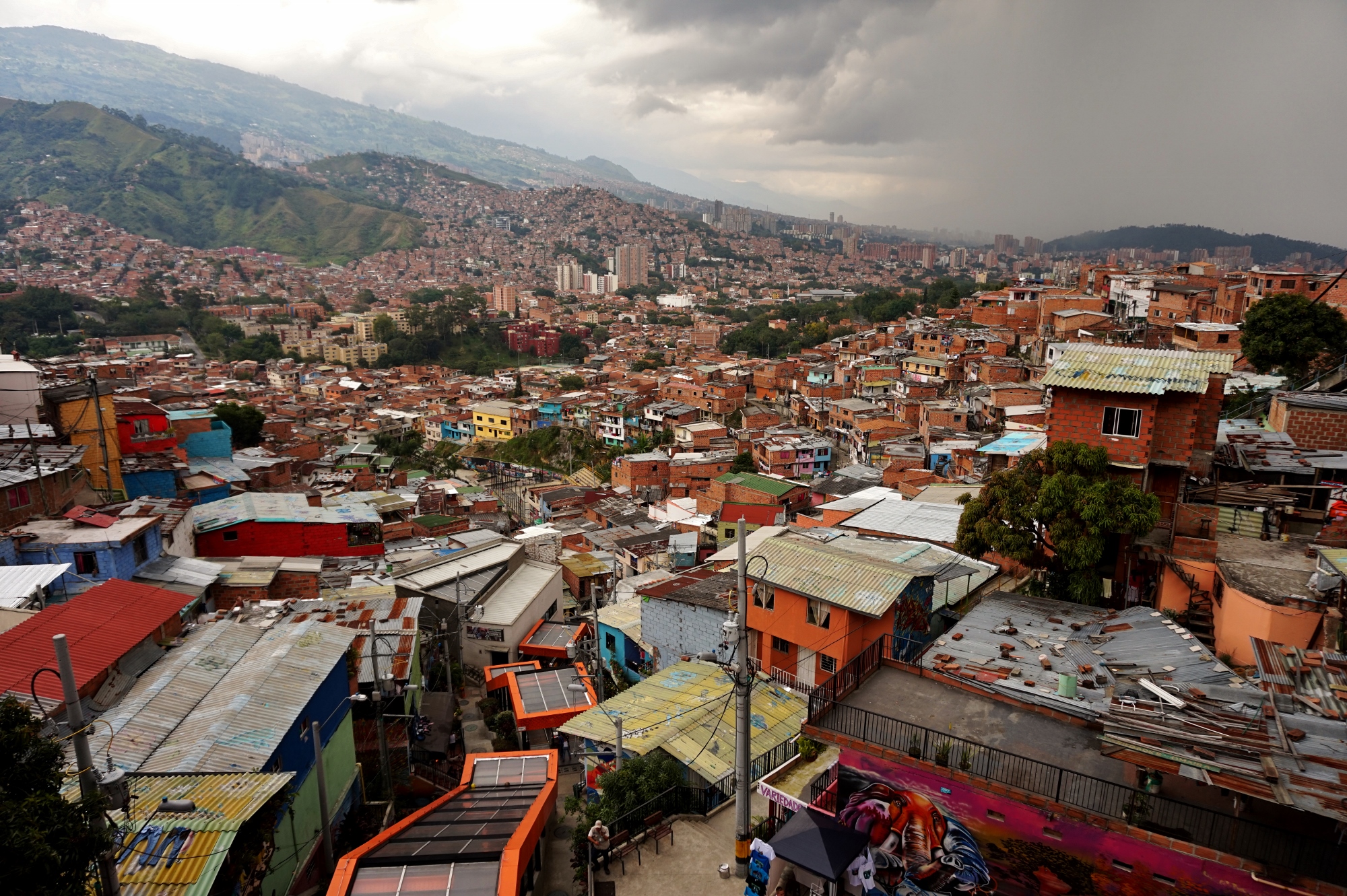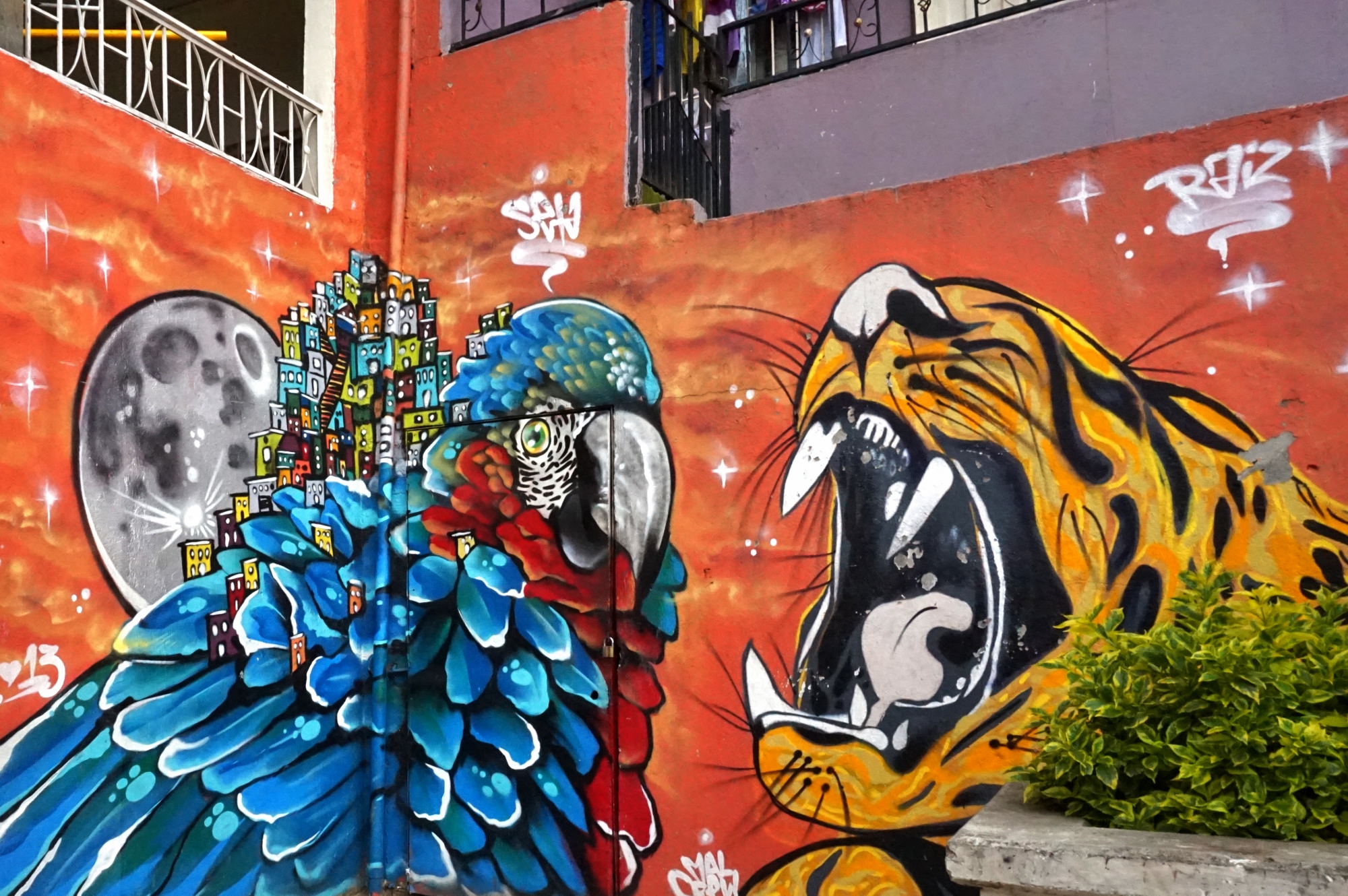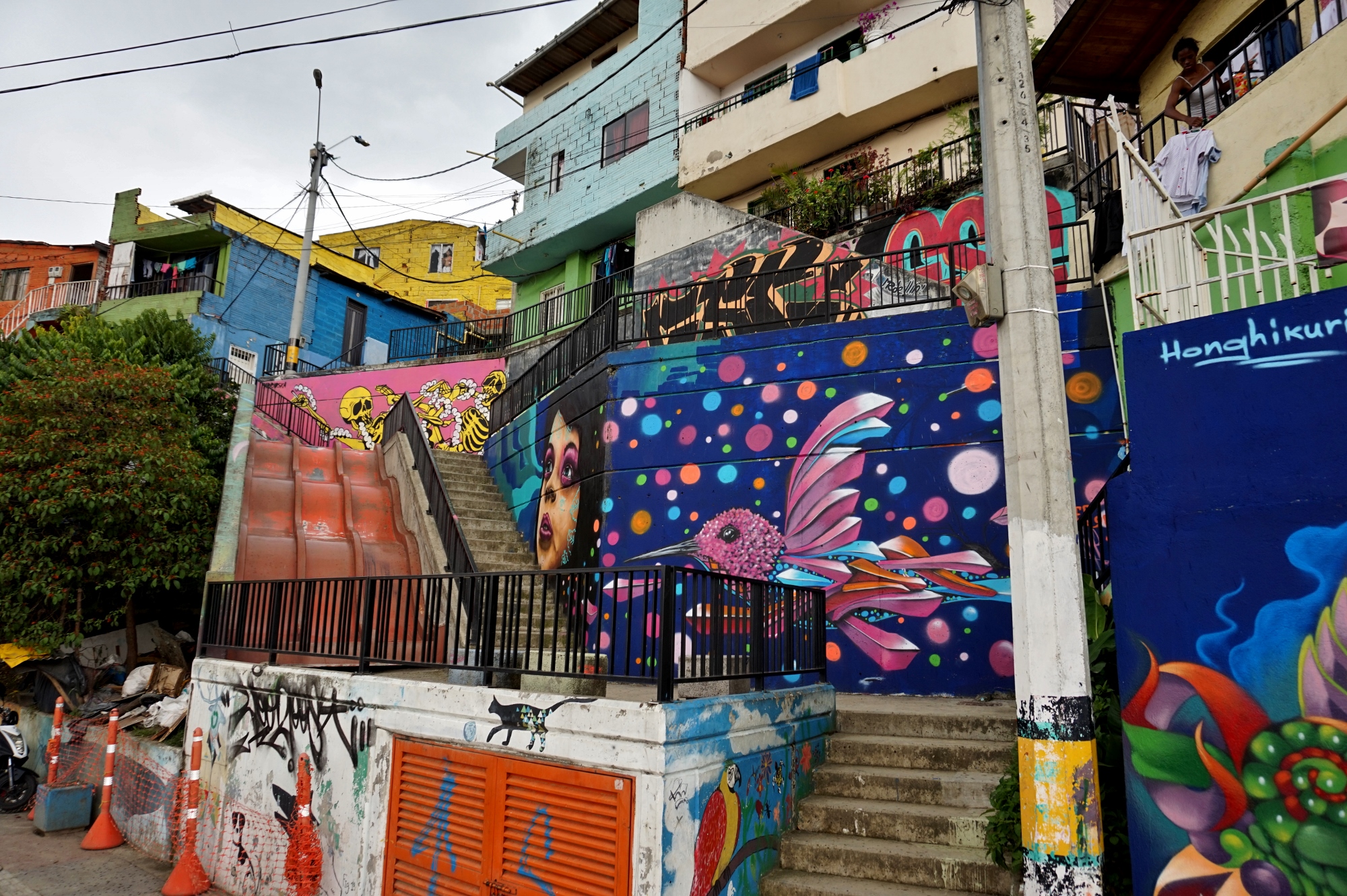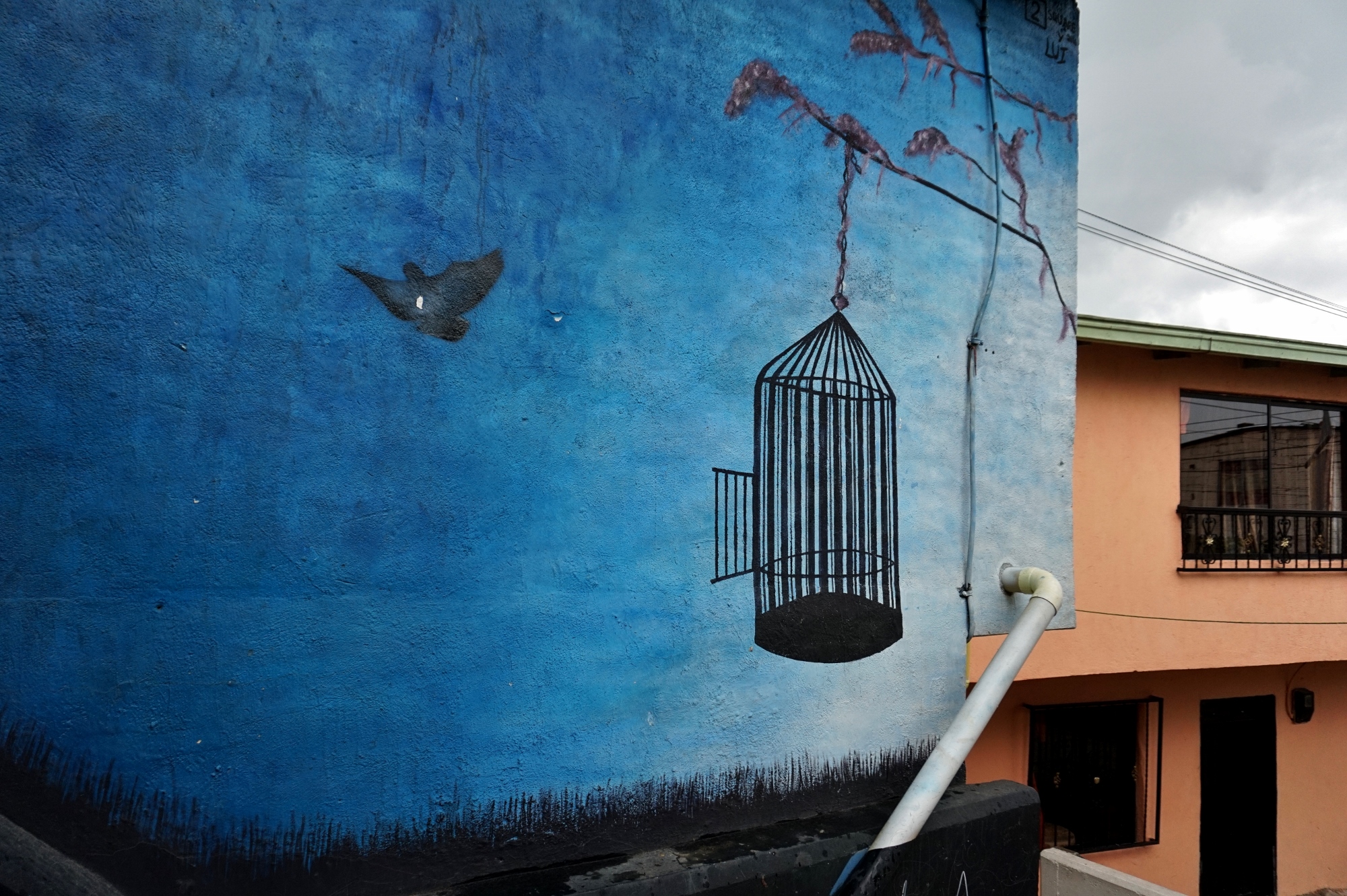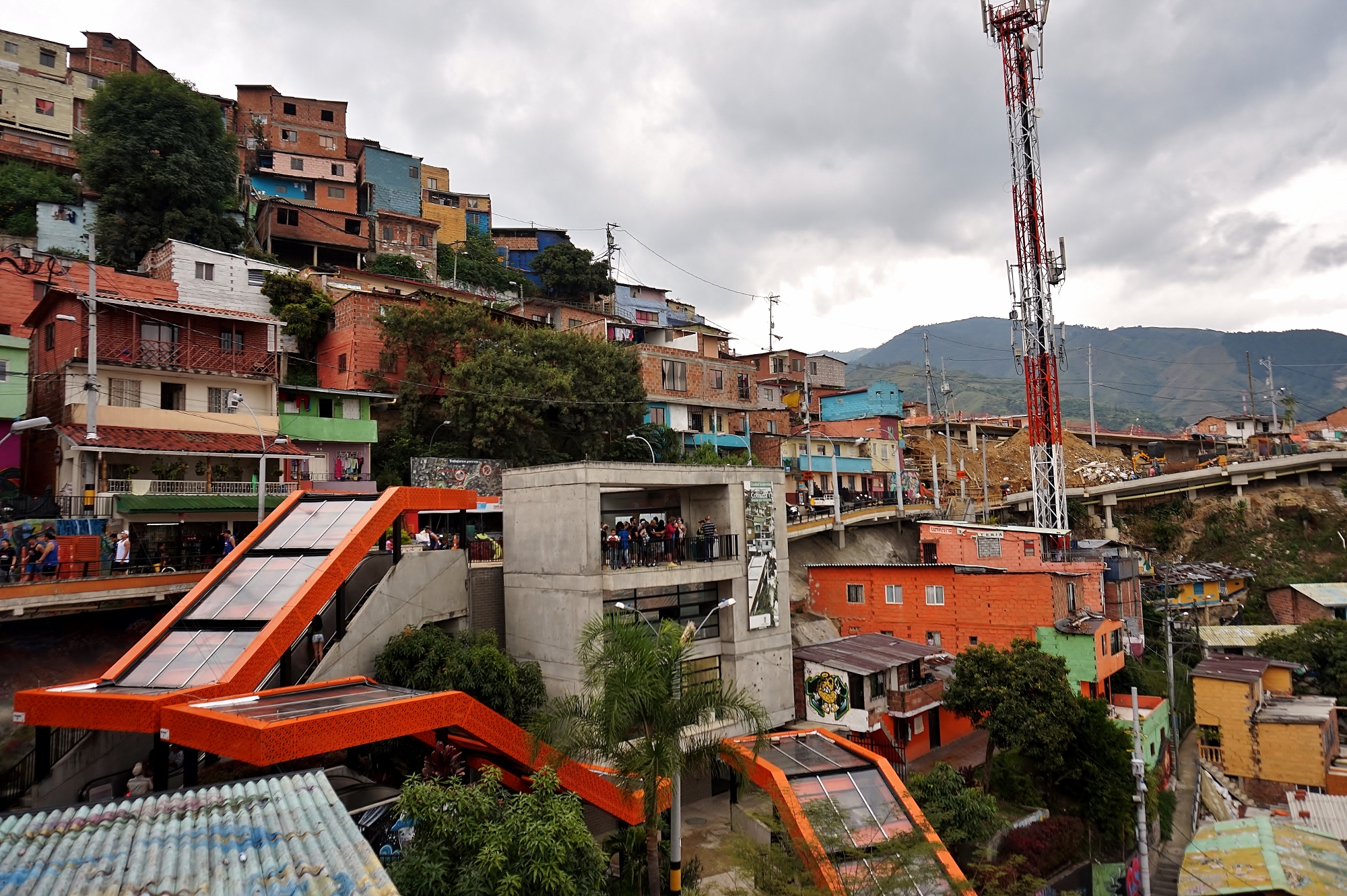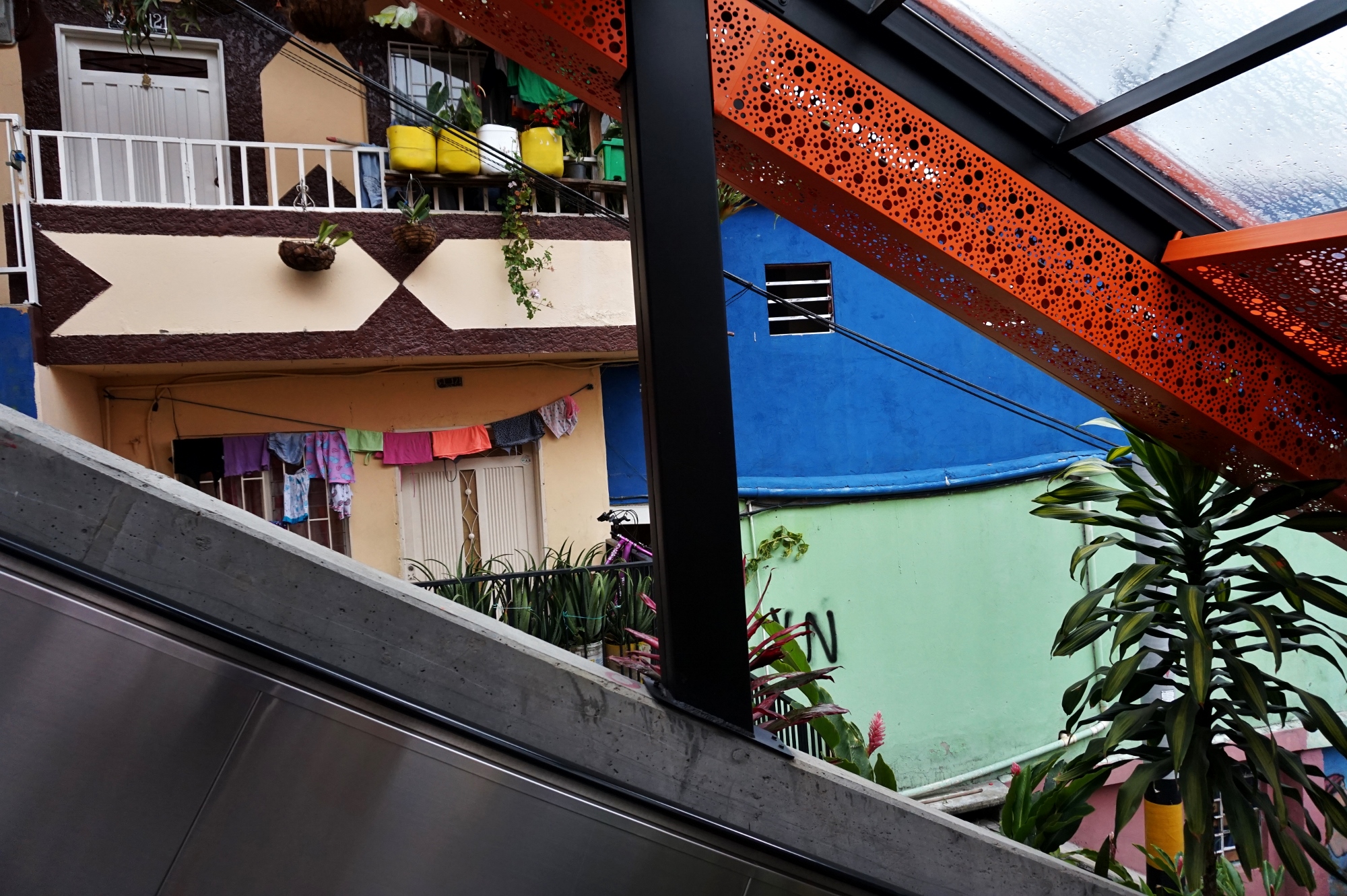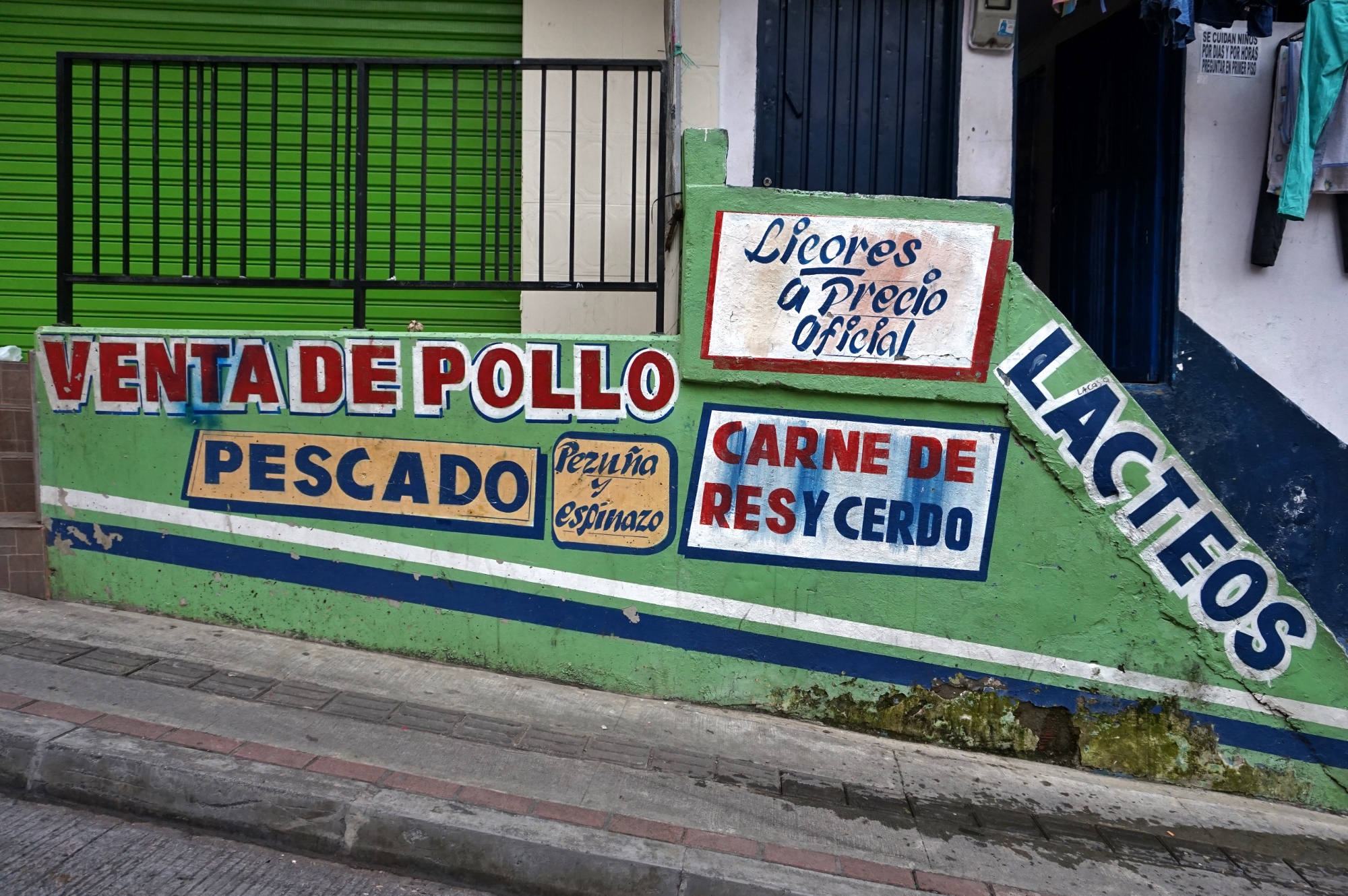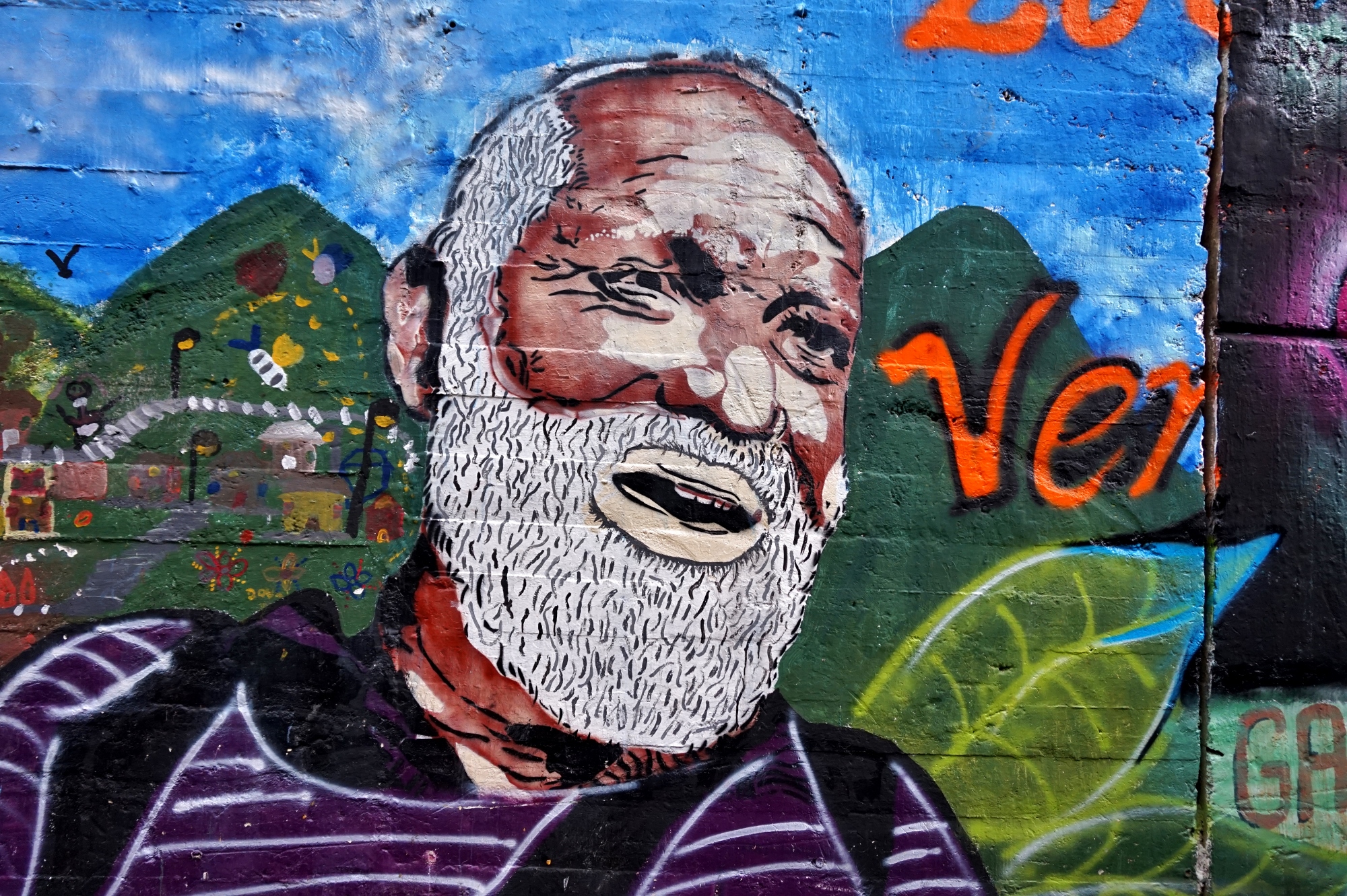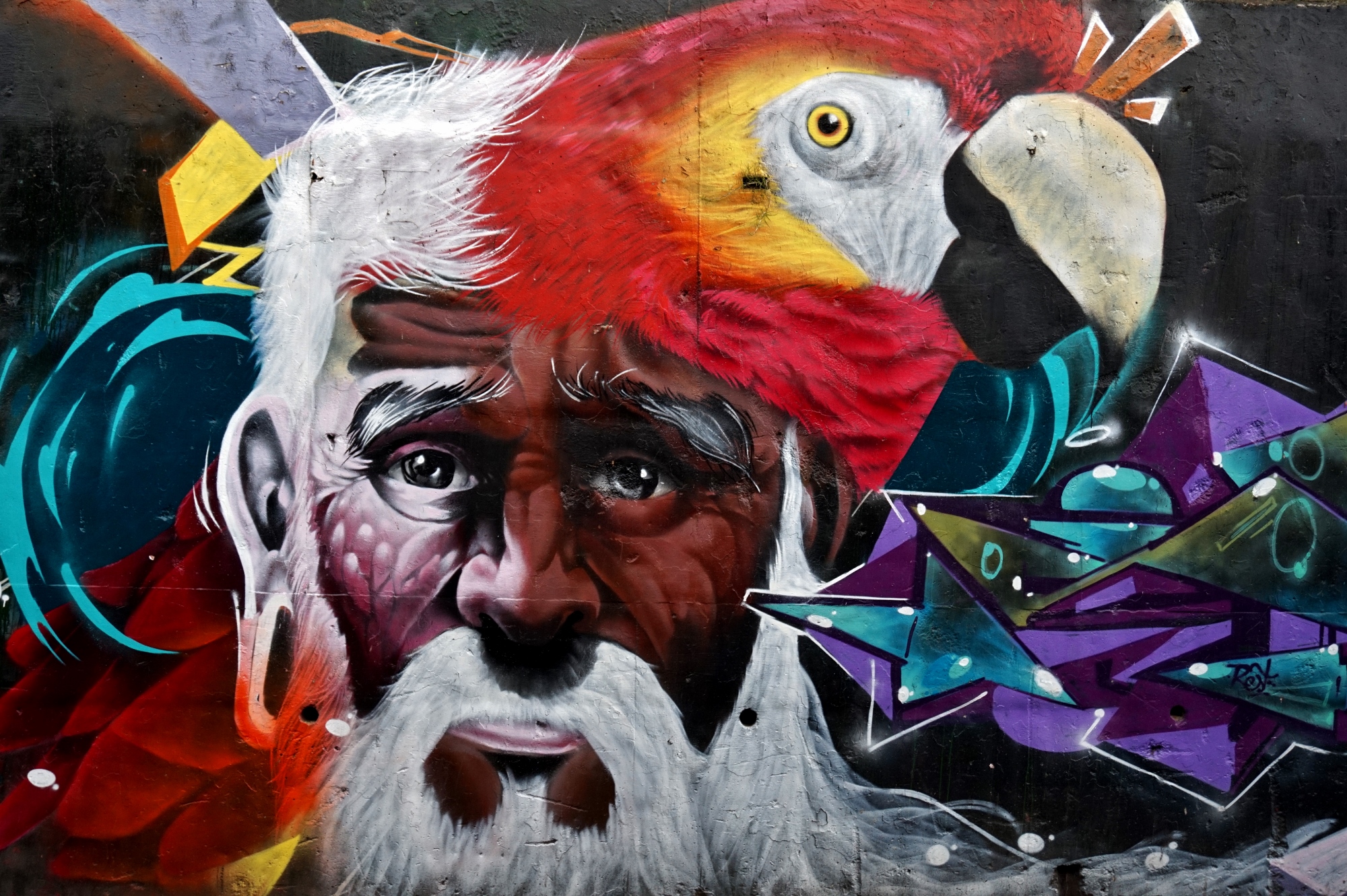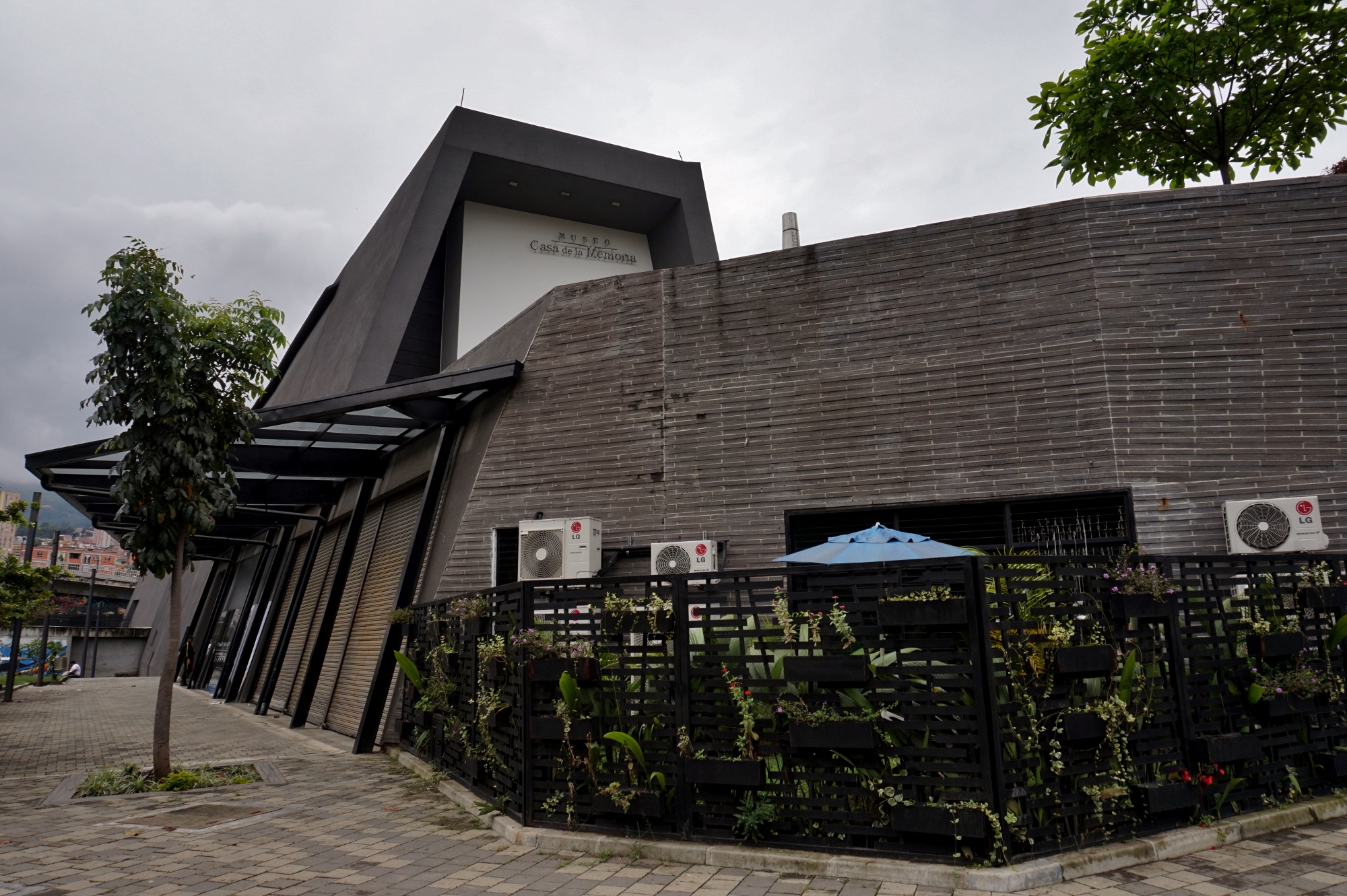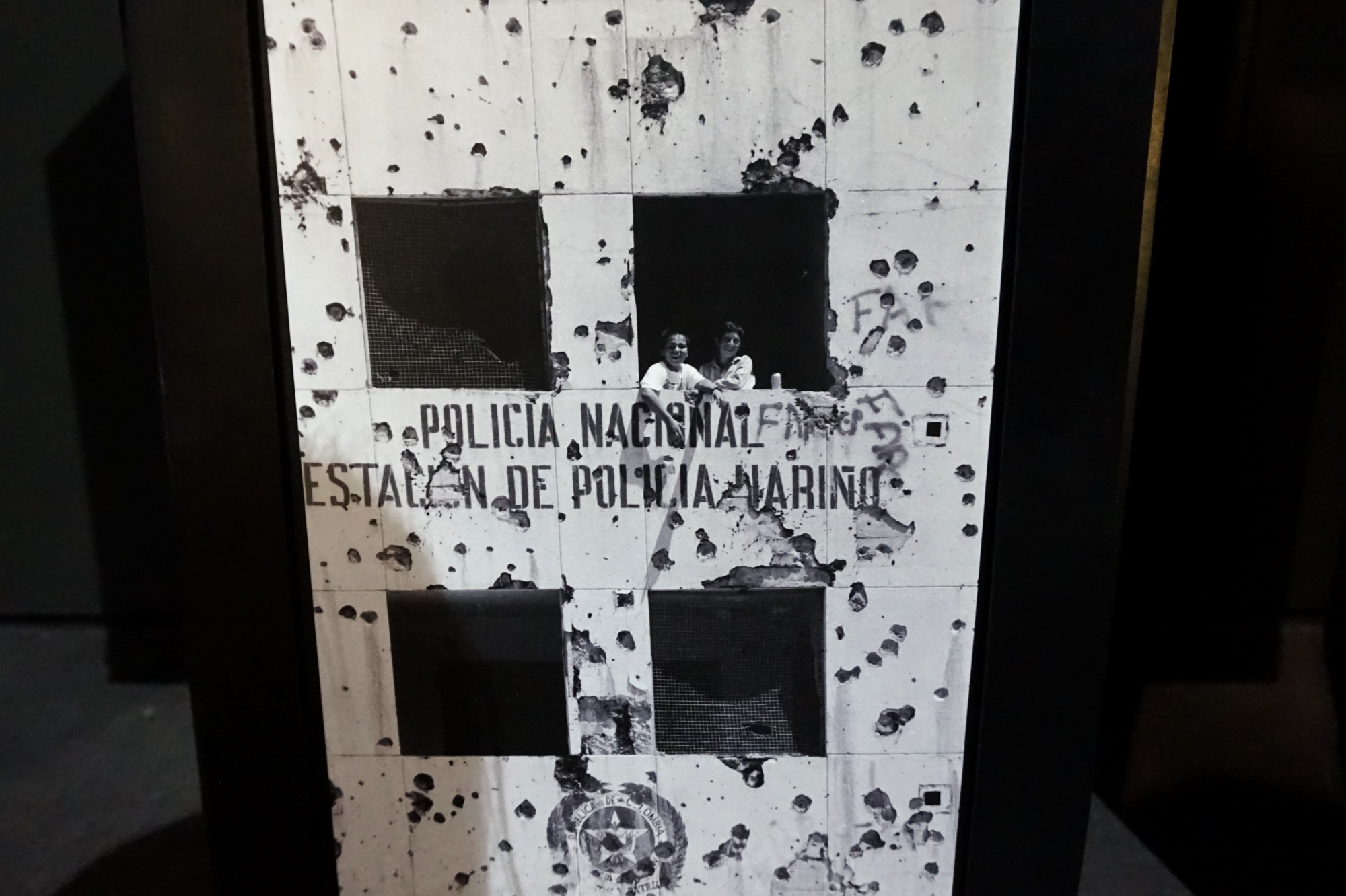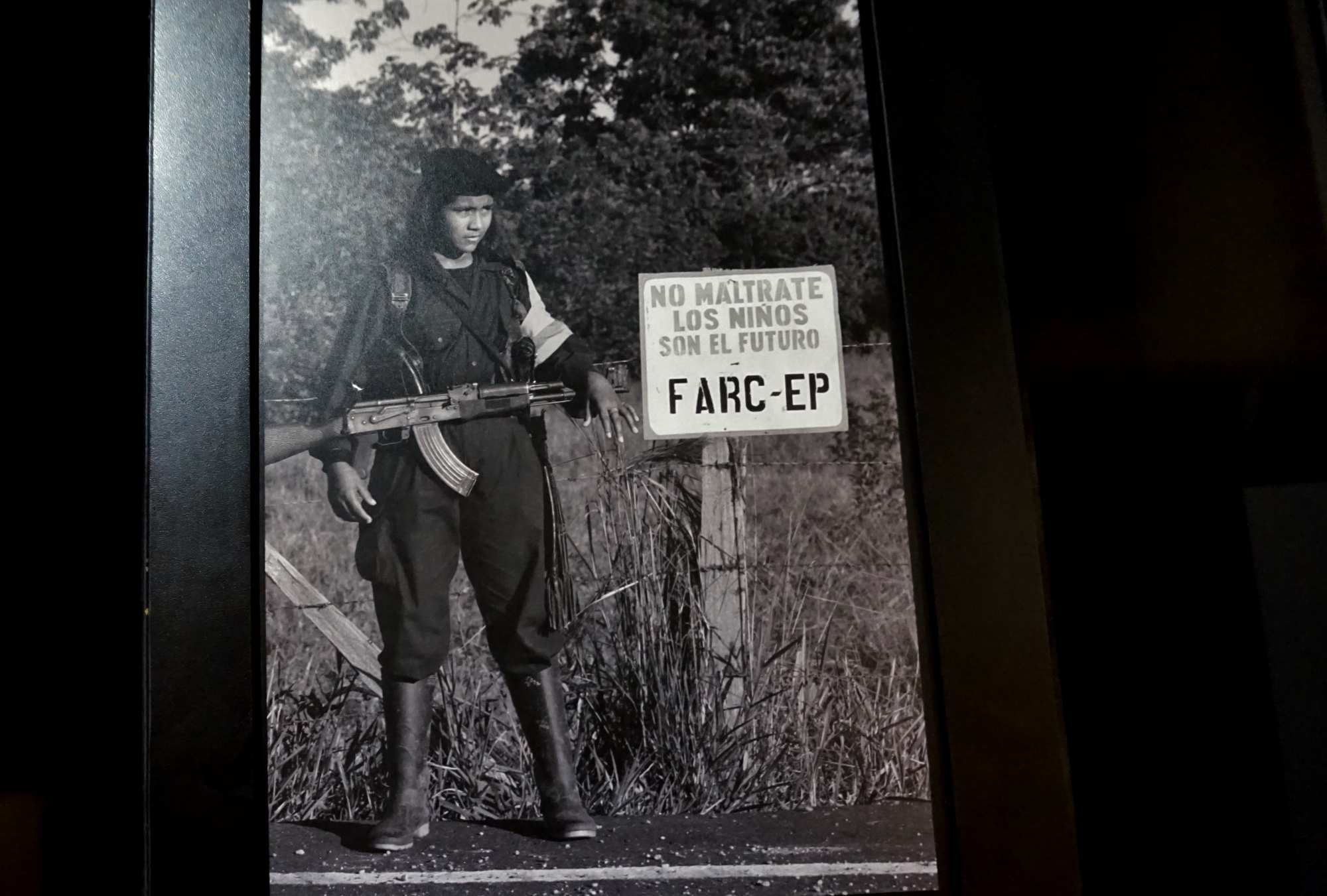MEDELLIN

After making the often made travelling mistake of getting a nightbus that actually drops you off at 3am and not 6-7am as planned, we were stranded at the bus terminal thinking through our options. At least we had options, unlike the time in Rishikish, India, when we had to sleep on a roof. We got an uber to the hostel we had booked for the following night and paid to stay in a dorm. There goes saving one nights accommodation by taking a night bus, and we are still going to feel shit in the morning.
Medellin is a city with a big reputation. On the one hand, in travelling circles it is known as the party capital of Colombia if not the whole of South America. On the other, it is known around the world for its bloody narco-terrorist past and its most famous inhabitant, drug lord Pablo Escobar. We had no expectations of the place as we hadn't watched Narcos, the Netflix series, and we really didn't know much of its history. What we had heard was all the rave reviews from fellow travellers. It seemed that everyone travelling South America at the moment were only talking about Colombia.
On our first day there, amongst spending hours researching and buying our flights home (sob, hills and waves is almost over) we managed to steal away a few hours to watch the Colombia vs Bolivia football match at a bar. It was a open sided bar on the street with a big screen rigged up, and a wash with yellow red and blue balloons. Pretty much everyone there had donned bright yellow Colombia football shirts. If you've never watched a South American football match, you simply must. The commentators are famous for their exceptionally fast talking, they sound like when a radio advert is running out of time and has to list the terms and conditions. When someone scores, they see how long they can say GOOOOOOOOOOOOOOOOOOOOOOOOOOOOOOOOOOOOOOOOOAL for. I don't know how they have the breath, but apparently the record is 22 seconds, see HERE.
We loved our 90 minutes sitting in this local bar in a sea of yellow supporters sat around, eating popcorn and drinking beers for the afternoon.
Medellin is not a pretty city, but it is the only city in Colombia to have a metro and many people have said that everything works so well here compared with other places. The locals are extremely proud of their metro system and it shows as it is the cleanest underground I've seen. The money responsible for the prosperity of this city came from gold mining, coffee exports, and the industrial revolution and not from the Medellin drugs cartel as some would think or claim. Medellin was already doing very well before Escobar came on the scene in 1975. A fact our walking tour guide wanted to make very clear to us. He said that Medellin did not owe anything to the cartel for the prosperity of the city, in fact he said, the only thing the residents could thank them for was pain, misery, murders and violence. The city was once the most dangerous place in the world, with thousands of murders and would have been a no go for tourists until only 10 or 15 years ago. He said we literally would not believe how the city has been transformed in the last 10 years.
We were staying in El Problato an vibrant area of little boutique bars, hostels, shops and cafes. It was a nice place to start and finish our days with great breakfast and coffee places in the mornings (Velvet was our top pick) and a fair bit of night life in the evenings.
In fact there was so much nightlife and thumping reageaton that we walked to the next neighborhood to search out a little micro brewery in an old warehouse. It was called Cerveceria Libre and they cave us free crisps in the shape of rings that quickly became a competition to see who could eat one off each finger in the quickest time. Will managed 00:10.51 to take the win.
Walking Tour
By far the BEST walking tour we've done on this whole trip. We cannot recommend this tour enough. Our guide was funnily enough named Pablo and he was the charismatic owner of the tour company that has 2000 excellent scores on trip advisor and no bad reviews. He had us laughing frequently but also I also had tears in my eyes after his other stories. The history is so recent and so raw and painful, yet he said the Colombian people have a way of forgetting, in order to enjoy life.
The route took us to:
Government square with three buildings that looked like they were straight out of 1984. I could just imagine one of them being the ministry of love. In the centre of the square was a statue about Paisa history - the name given to people from this region. They are apparently very proud and many think they are better than other Colombians.
We walked through a square where three old boys were playing beautiful folky guitar music, surrounded by an equally old crowd. One of whom was sporting a baseball cap with 'Dope' written on the front. The crowd doubled in size for one song as everyone in our tour stood around to appreciate the music. I guess they expect the gringos around the same time each day. We were informed that if we returned in the afternoon, we might get to see makeshift roulette tables made from a kids bicycle wheel, or even guinea pig racing. Nope I have no idea how you get guinea pigs to race either as we unfortunately never found the time to return.
Next we headed to a huge grand shopping centre, when you can buy every knock off item you could ever want. It used to be the Palace of Justice and now it's a Palace of Counterfeits.
This building had an interesting story, it was designed by a Belgian architect who for after receiving a lot of criticism for his European gothic style got fed up with the project and left, saying the Colombians could finish it themselves. It was only a quarter built. Instead of finishing it properly, they built a giant ugly wall, not in keeping with the gothic black and white of the rest of the building, the other three quarters never did get built.
Medellin has a dark history and where now the "Field of Light" is located was once a very dangerous square. It was one of many project in the city to transform poor or dangerous areas into safe and beautiful public spaces. We went back at night to see the full effect. There was no one around and it felt a little dodgy, or maybe this was just us remembering it's past. The lights were fab though.
Iglesia De La Veracruz (a church) is a popular place, but not for the reason you might expect in a Catholic country. Here is where the city's prostitutes solicit for business. Our guide suggested that customers would conclude the business transaction and immediately go to confession to get forgiveness. Sinning and forgiveness could easily be achieved in 30 minutes.
Probably the most surreal part of the tour just down from the seedy church was when an older Dutch chap was taking a photo of one of the Botero statues in Botero Plaza and a young women ran into the picture and exposed her left breast. He hadn't a clue how to react and she just laughed and sauntered off.
The final point on the tour was Parque San Antonio, where there were two identical Botero statues. However one had been blown up by a bomb in 1995 during a festival in the square, killing 23 people. The mayor was going to have it removed but Botero himself called up and demanded it be left and an identical stature be erected next to it to make sure people didn't forget about Colombia's past.
Cable car
The cable cars here had a similar aim to those we had ridden in La Paz, Bolivia; to connect the poorer areas of town with the main city, making everything more accessible. We rode the cable car to Santa Domingo to get a good view over the city. Here you can change to another cable car that takes you off for a pretty long ride over the hills and into Avi National park. We didn't really realise it was so far away, as we had gone a bit too late in the afternoon. This meant we didn't have time to complete any of the walks, so we just cut our losses and got a beer. The journey itself was fun though, riding high over forest and then back down over the ramshackle houses built onto the steep hillside.
Museo de Arte Moderno
As we've experienced in many South American cities, the building that the modern art is housed in is normally more impressive than its exhibits. Unfortunately the trend carried on here, but there were still a few interesting works to see. It also had a great gift shop.
Communa 13 and the Escaladers Electricas
Sharing more than a few similarities to the favelas clinging to the hillsides of Rio de Janiero, Communa 13 is a poor community on the hills of Medellin. It once would have been a no go area, but has received investment recently in the form of a series of outdoor escalators. This provides accessibility to residents, some of who, because of mobility problems were not able to walk down the stairs (equivalent to a 28 storey building) to the city below. It also inadvertently became a tourist attraction, because of the novelty and the incredible views of Medellin. Now the buildings are covered in beautiful colourful murals and residents greet you like old friends when you reach the top of the final escalator.
We watched in amazement as a huge lightening storm rolled in along the valley and huge bright forks lit up the grey sky.
For more info, I loved reading THIS BLOG.
Museo Casa de la Memoria
We read about this place online on a couple of websites and it sounded like a must visit spot to learn about Colombias violent past. There were some amazing videos of citizens reliving their stories, which were incredible moving. However the rest of the exhibitions required a higher level of Spanish than we possess so I don't think we left with the full experience.

